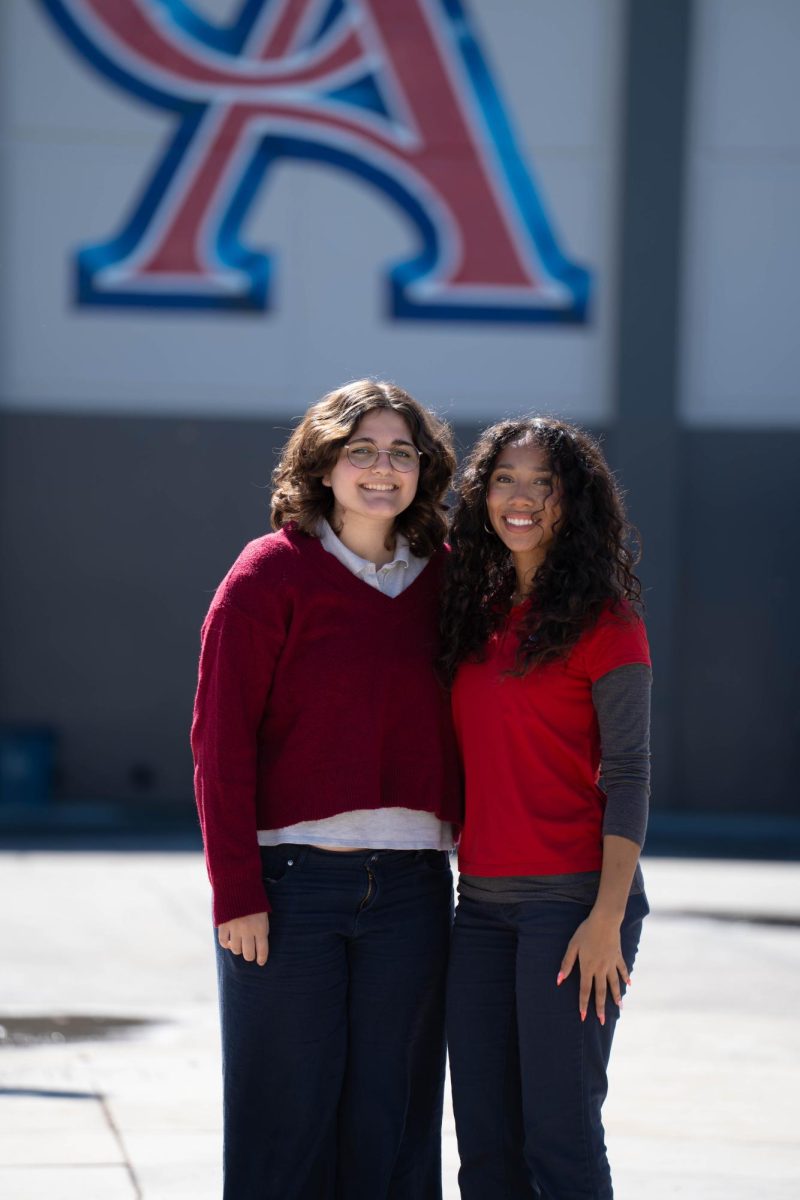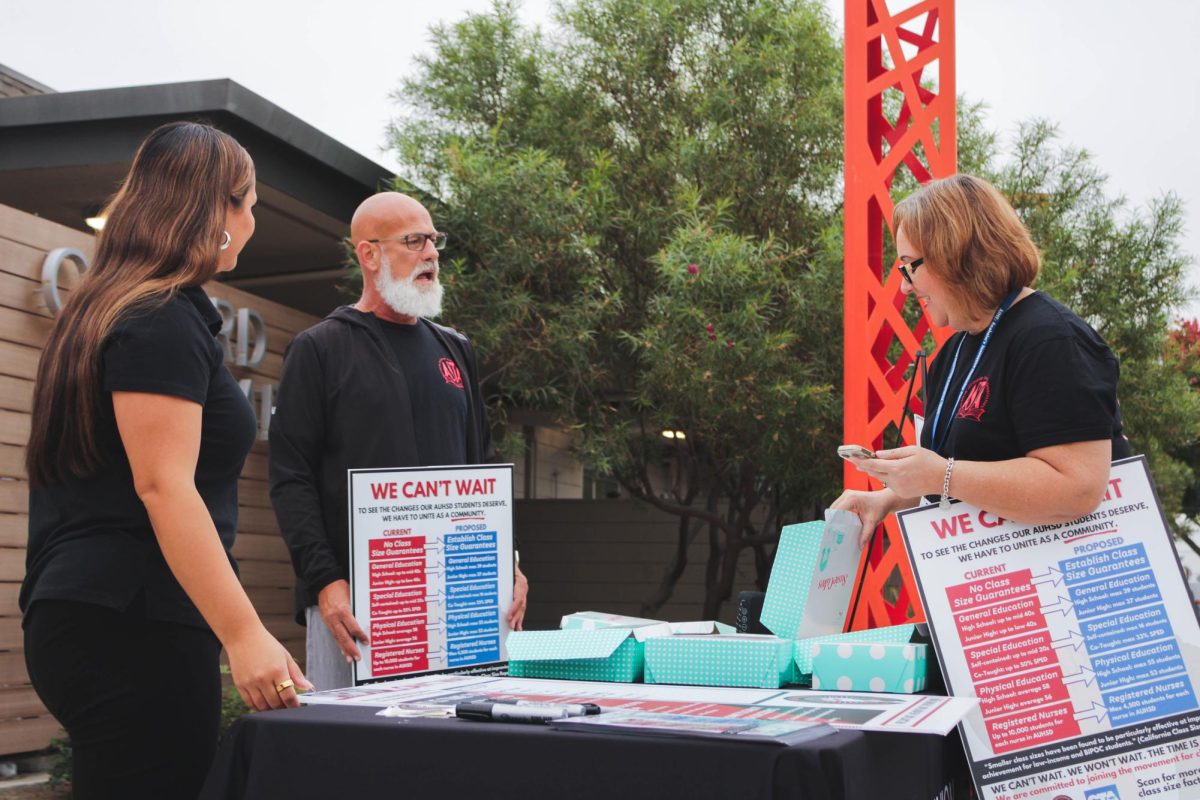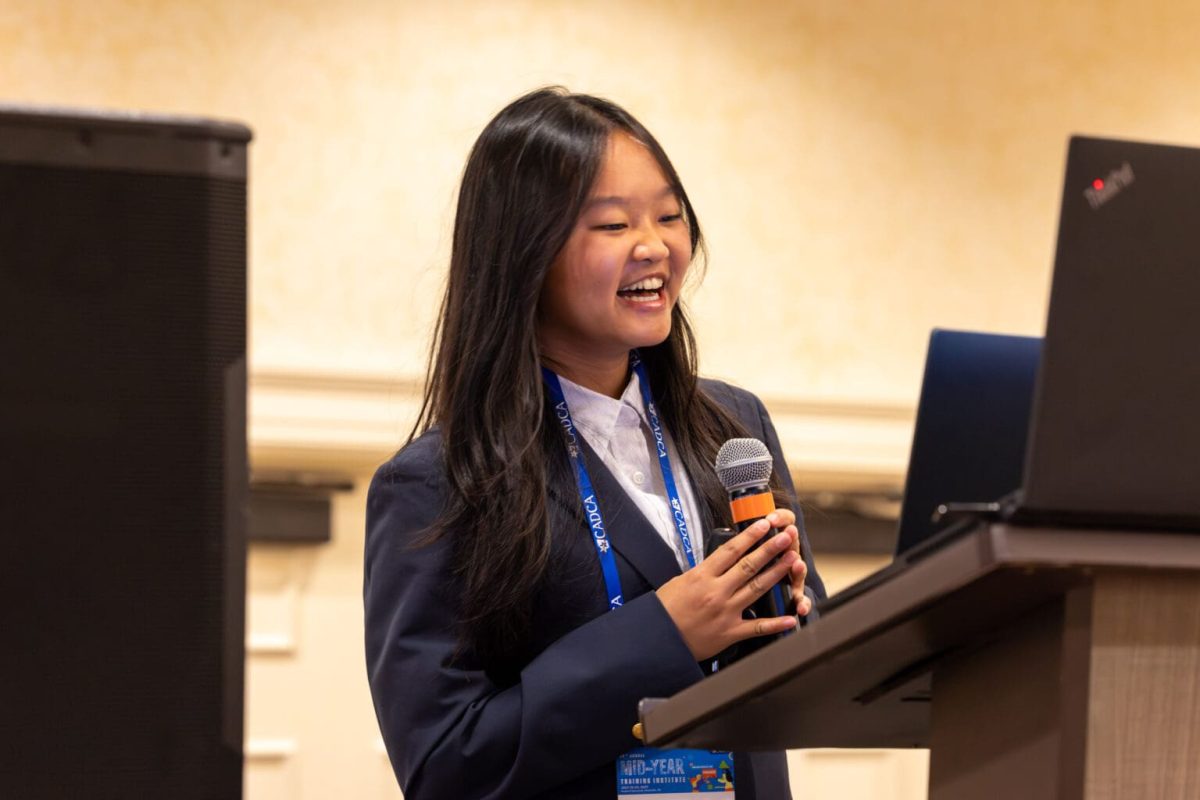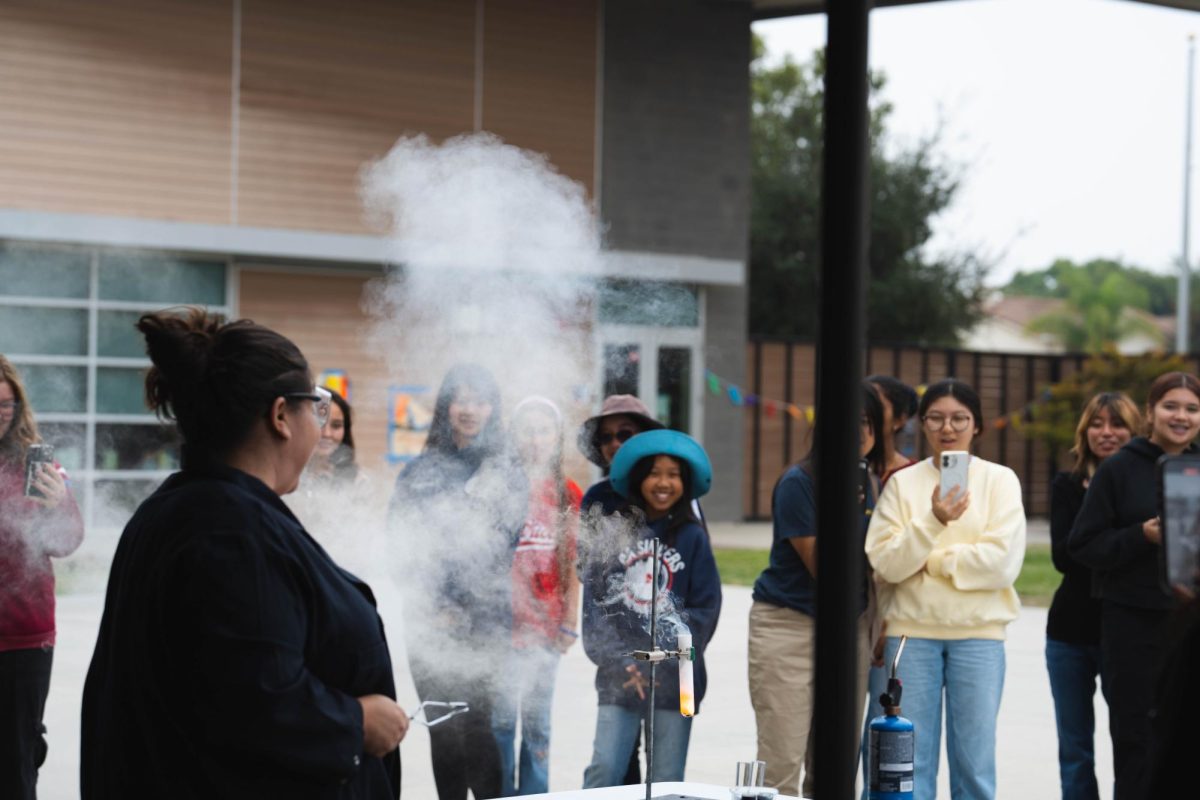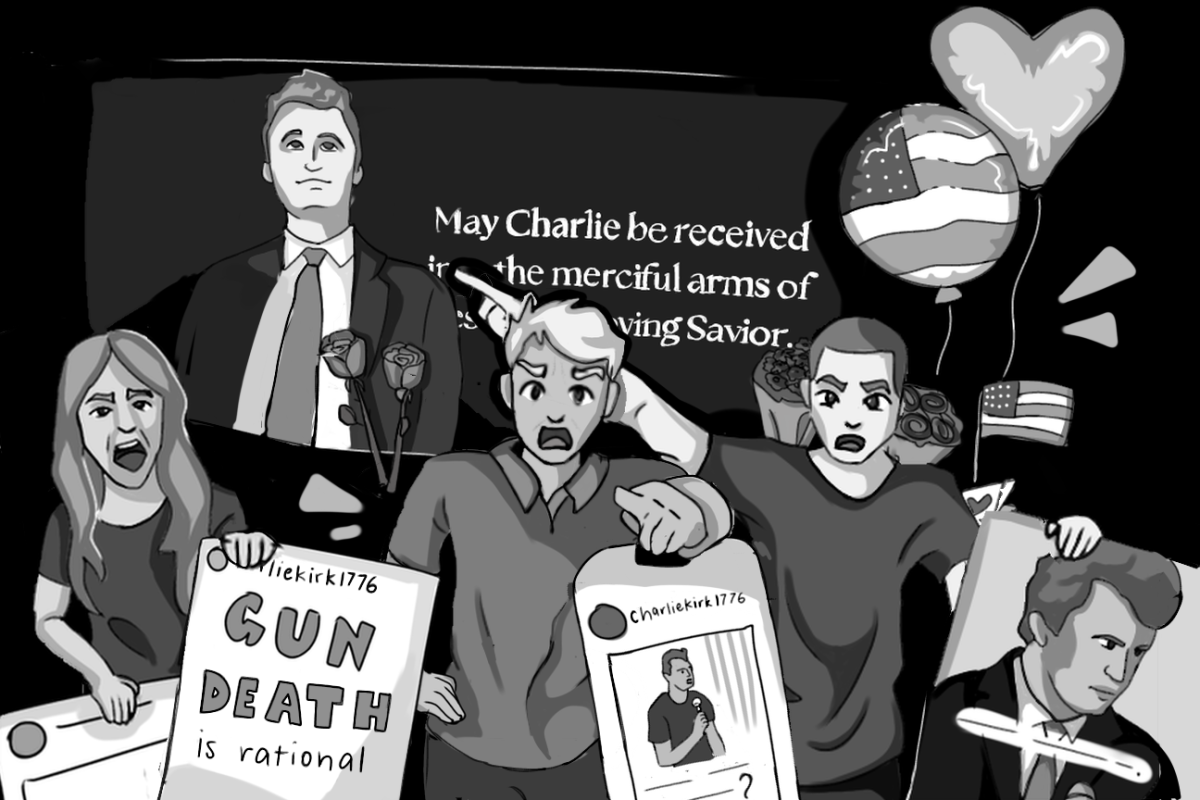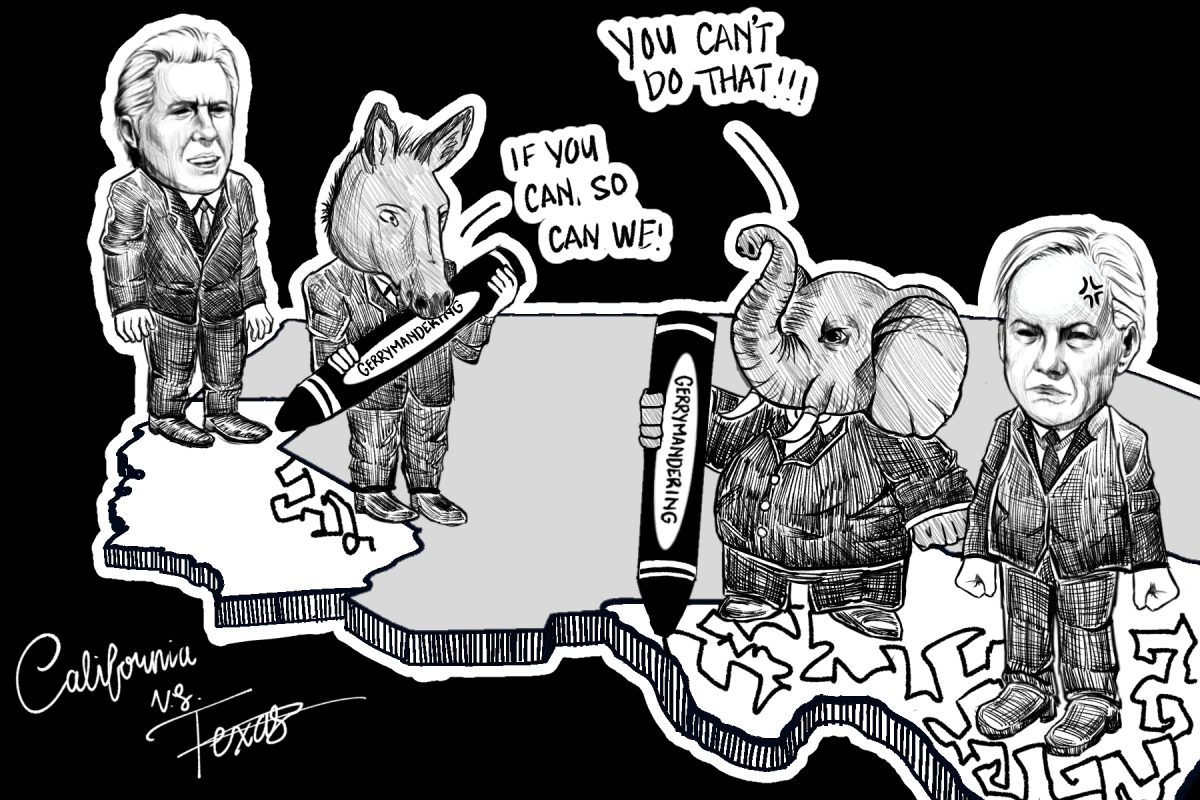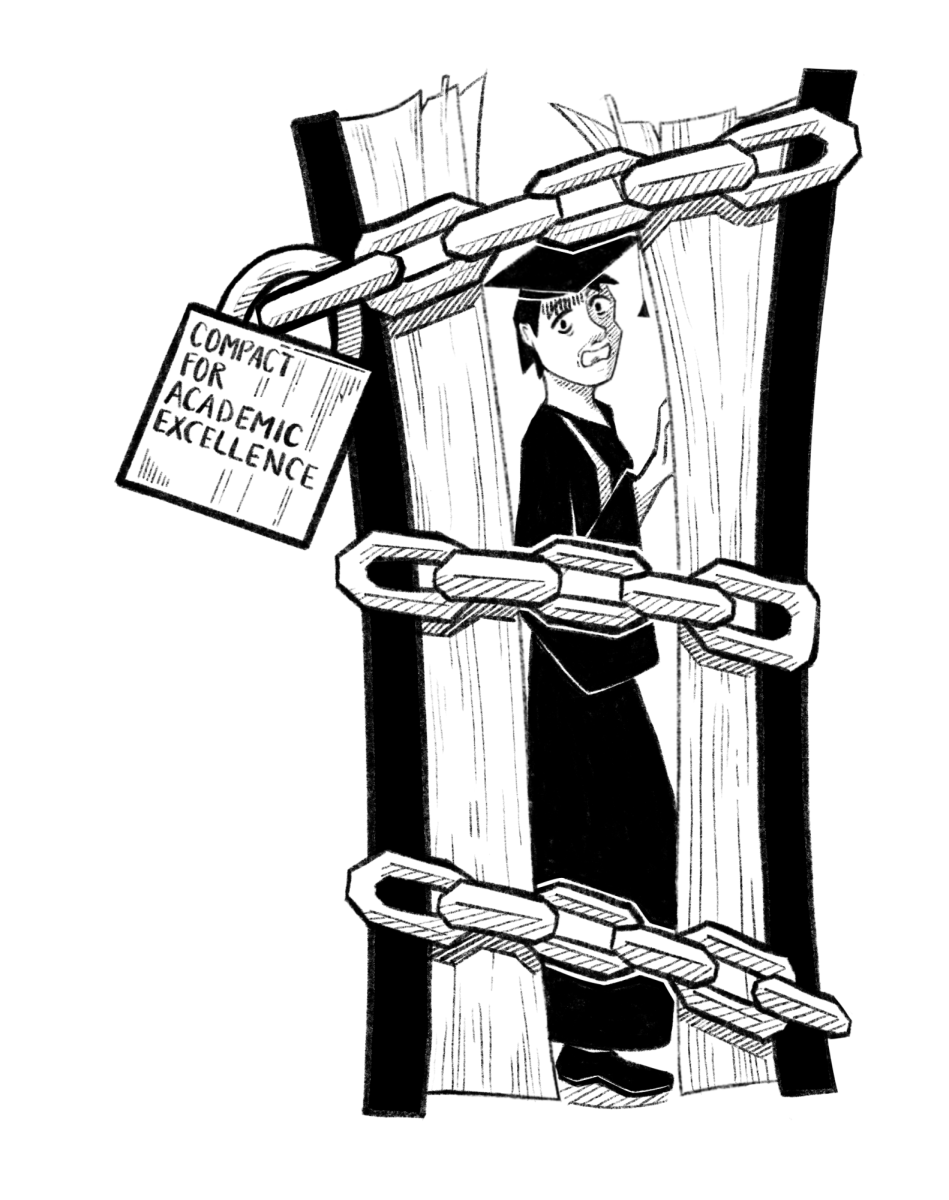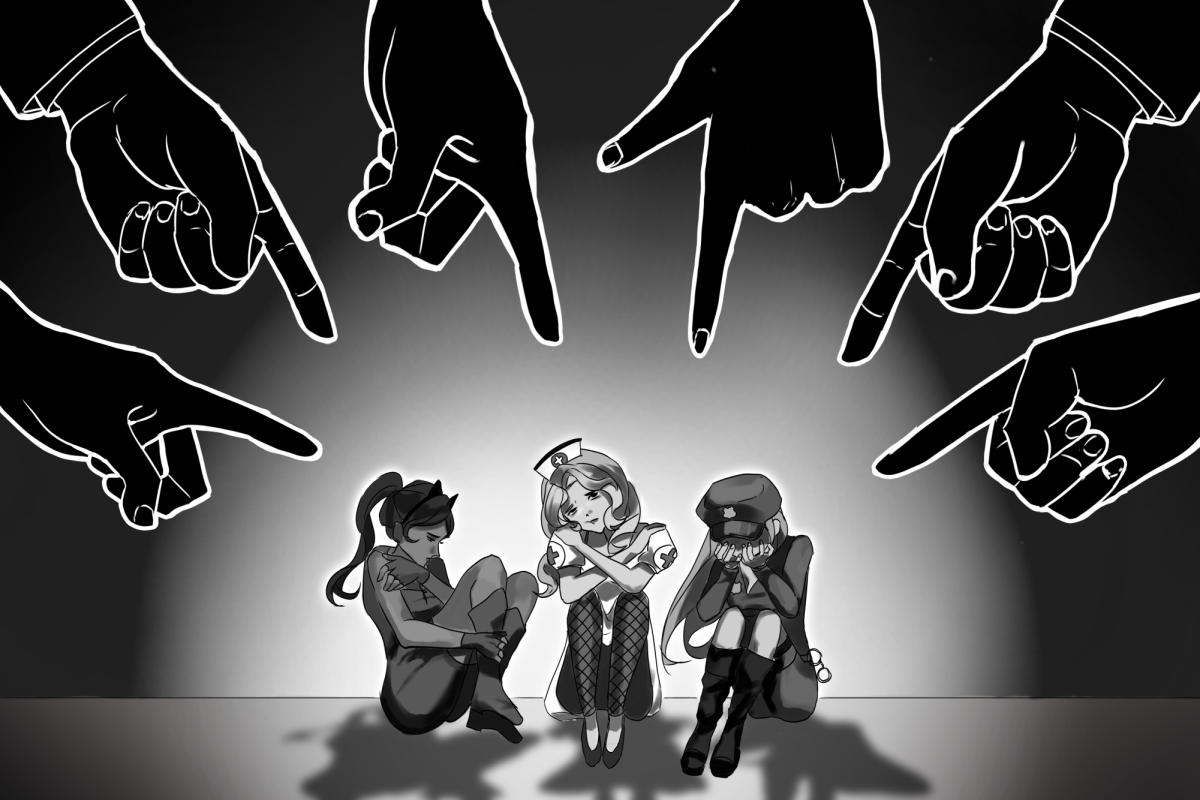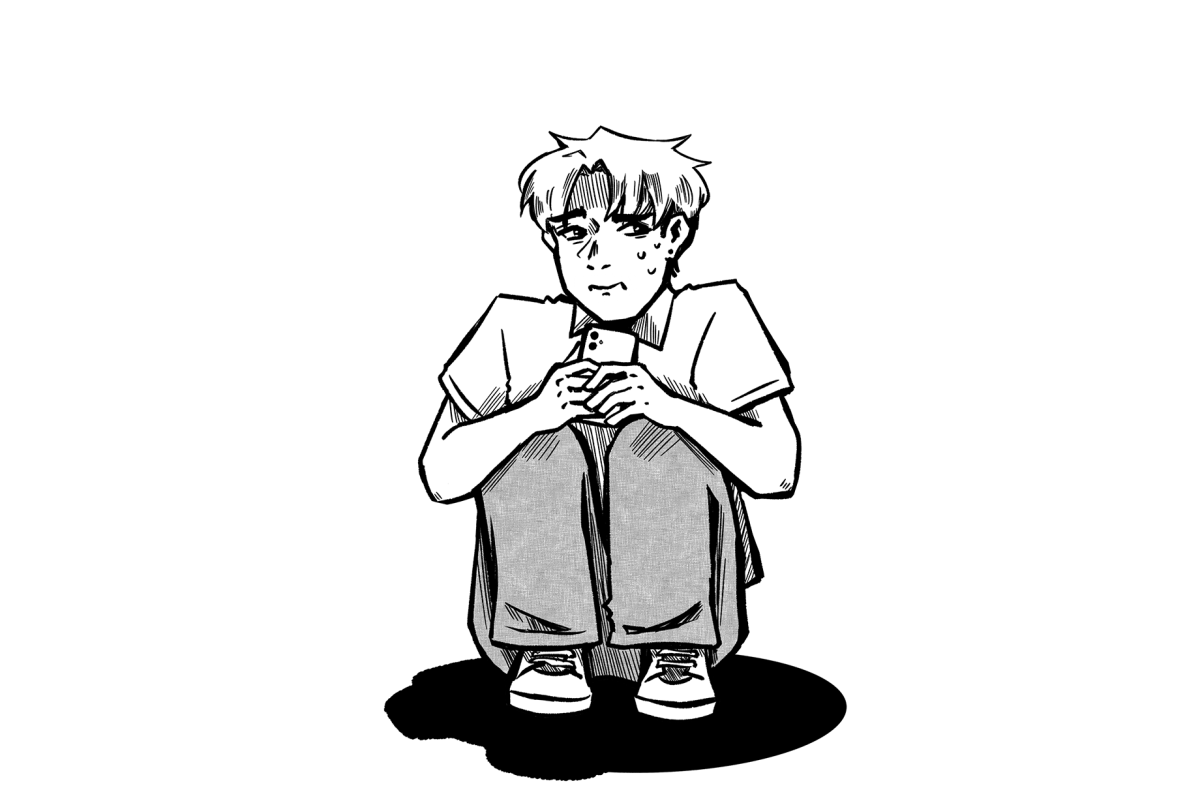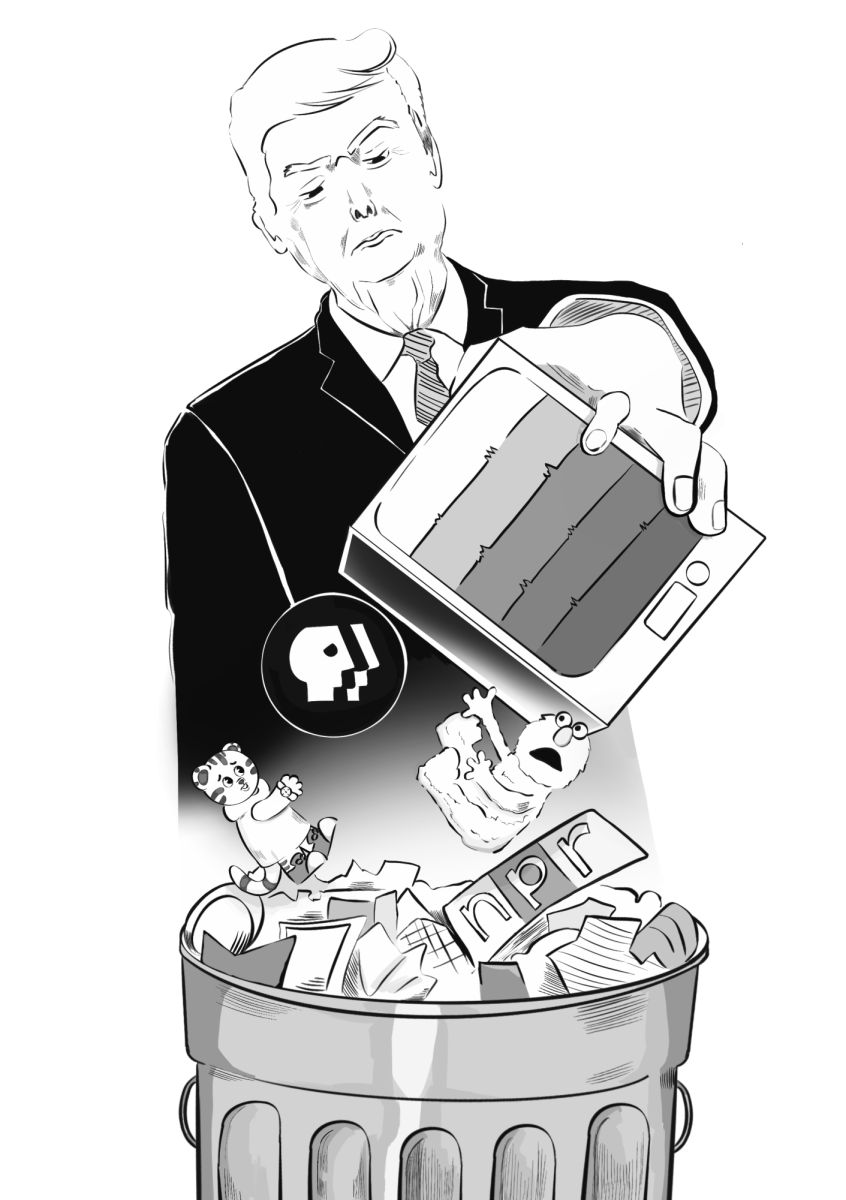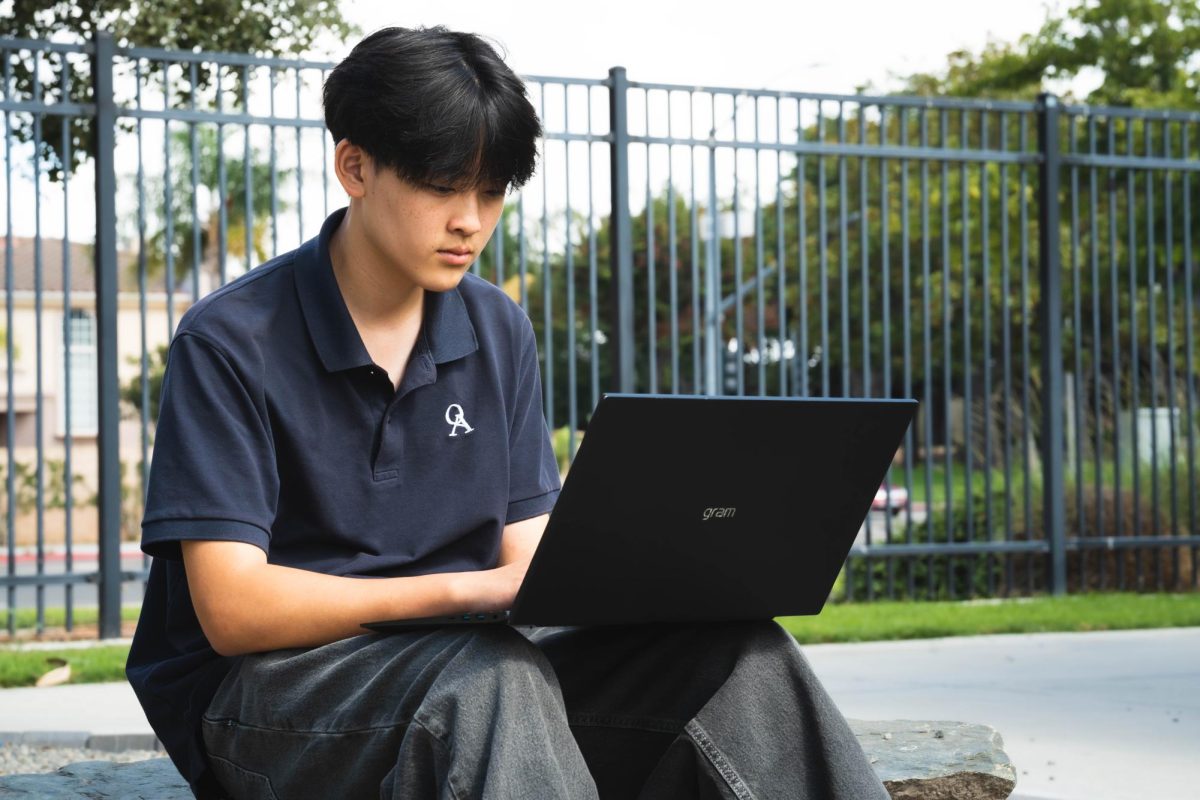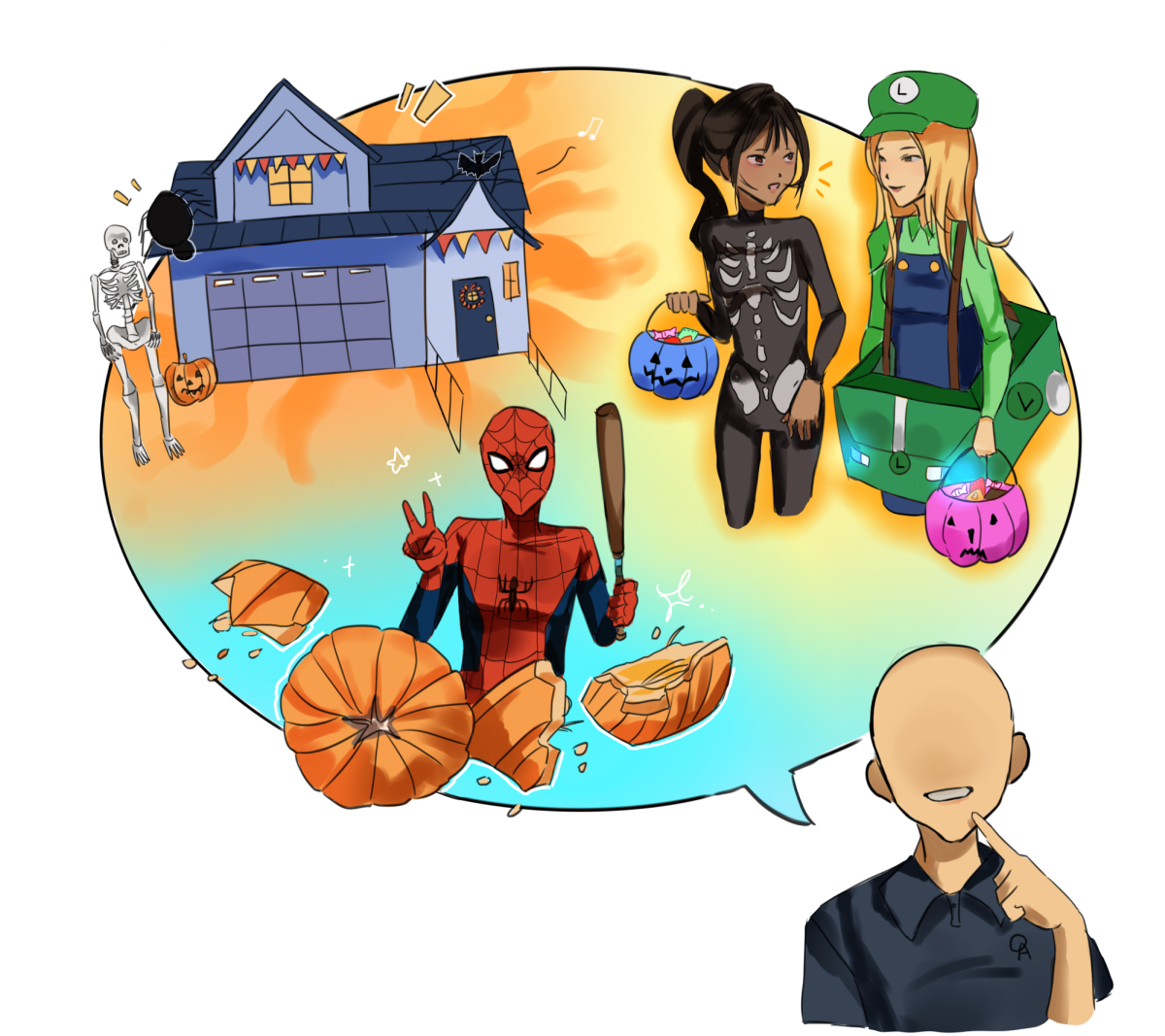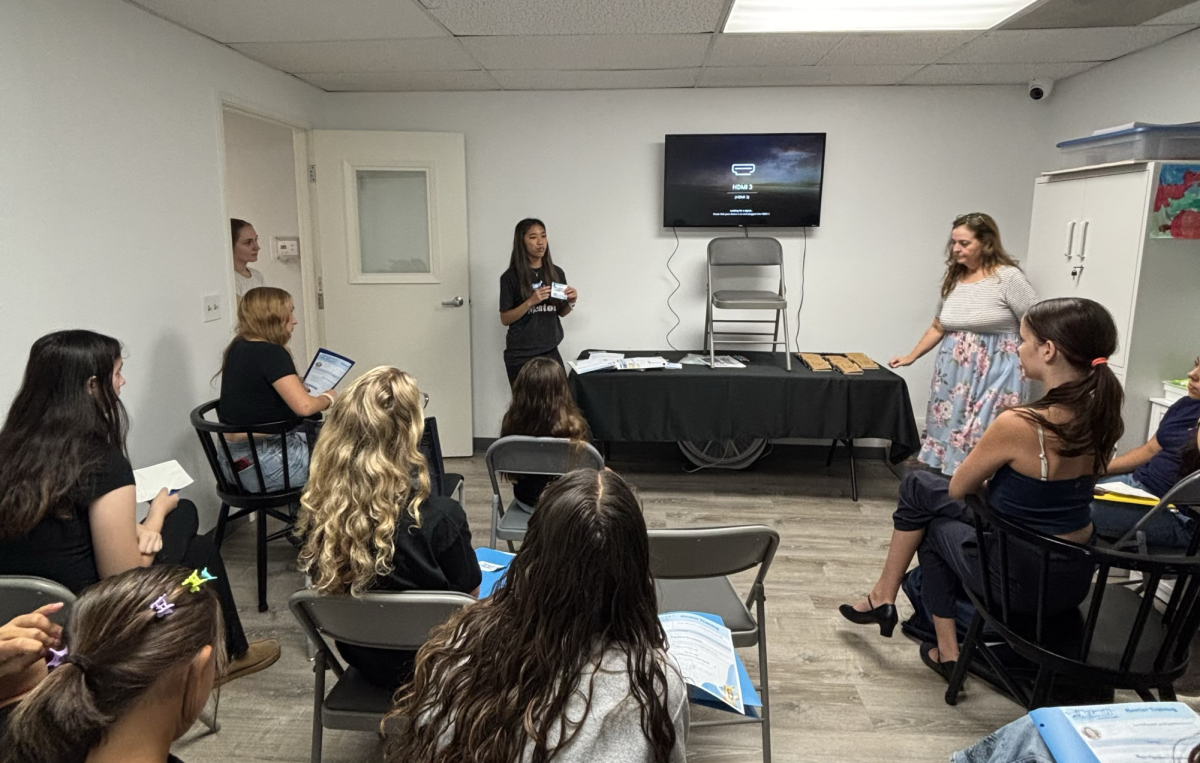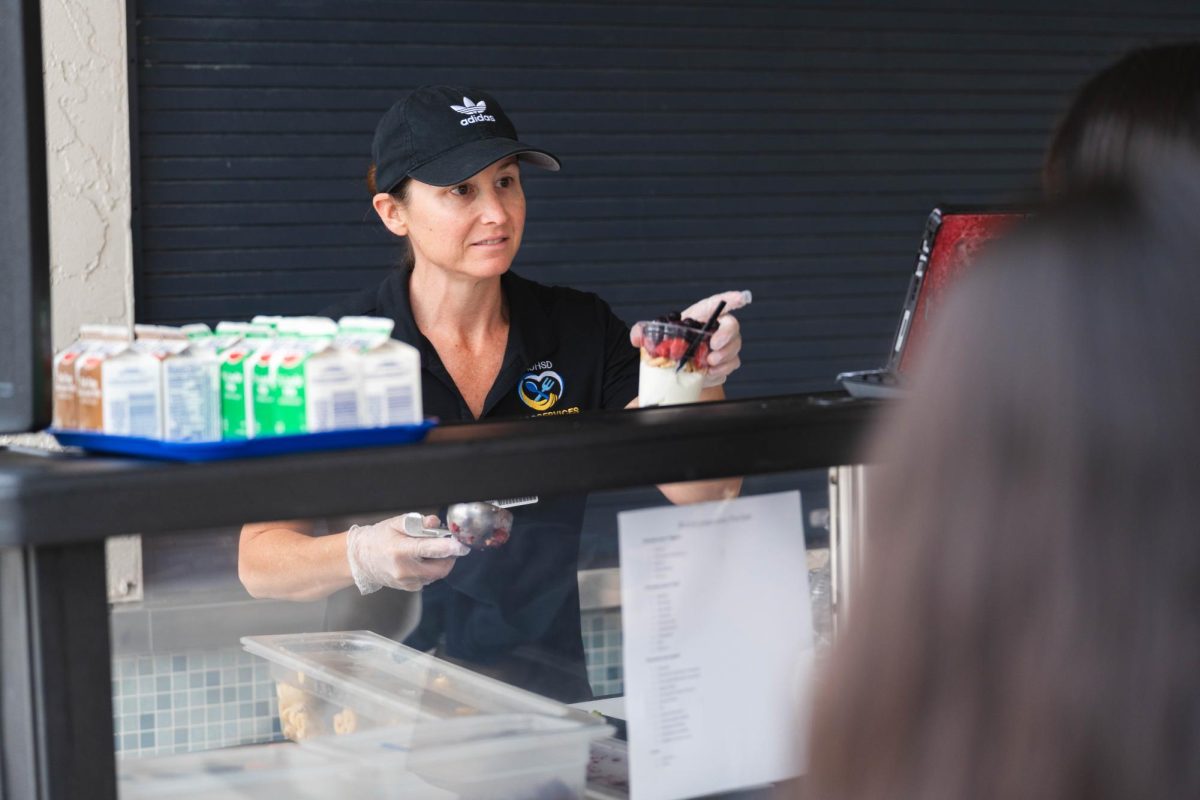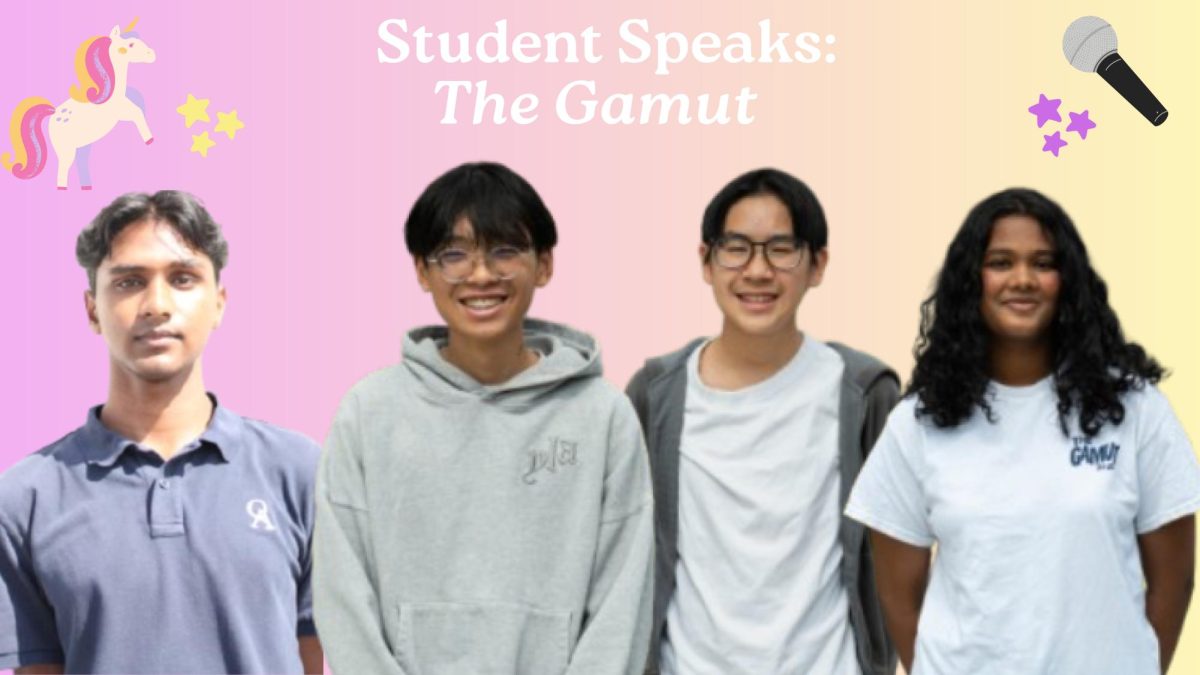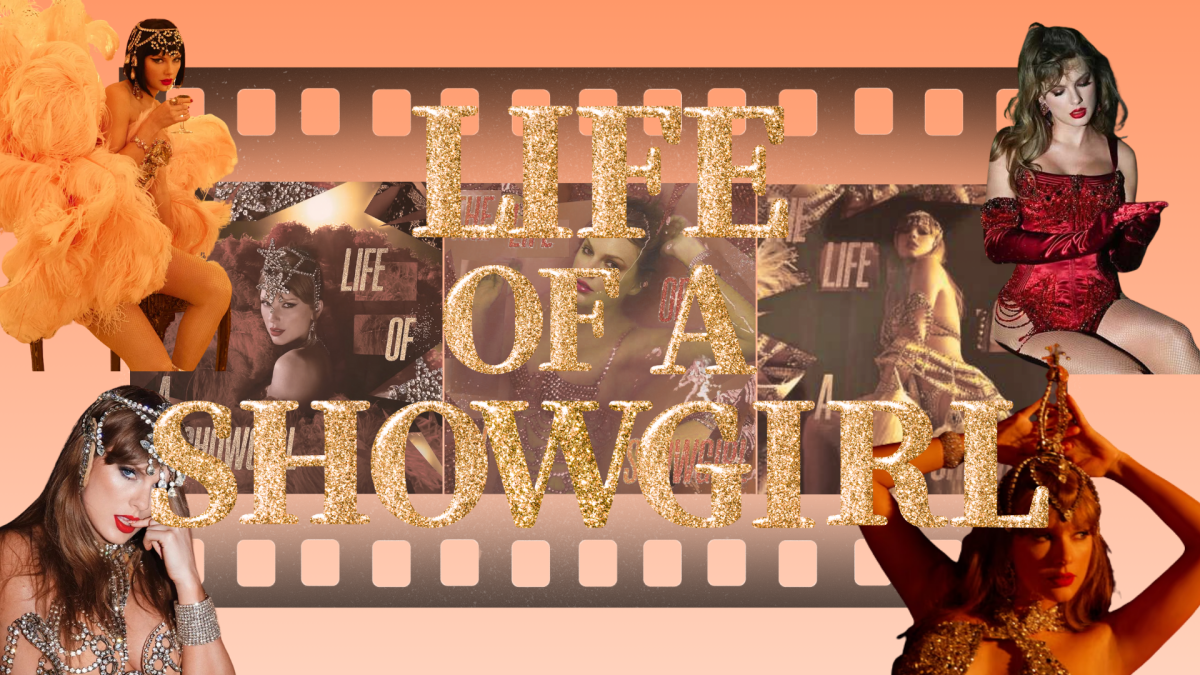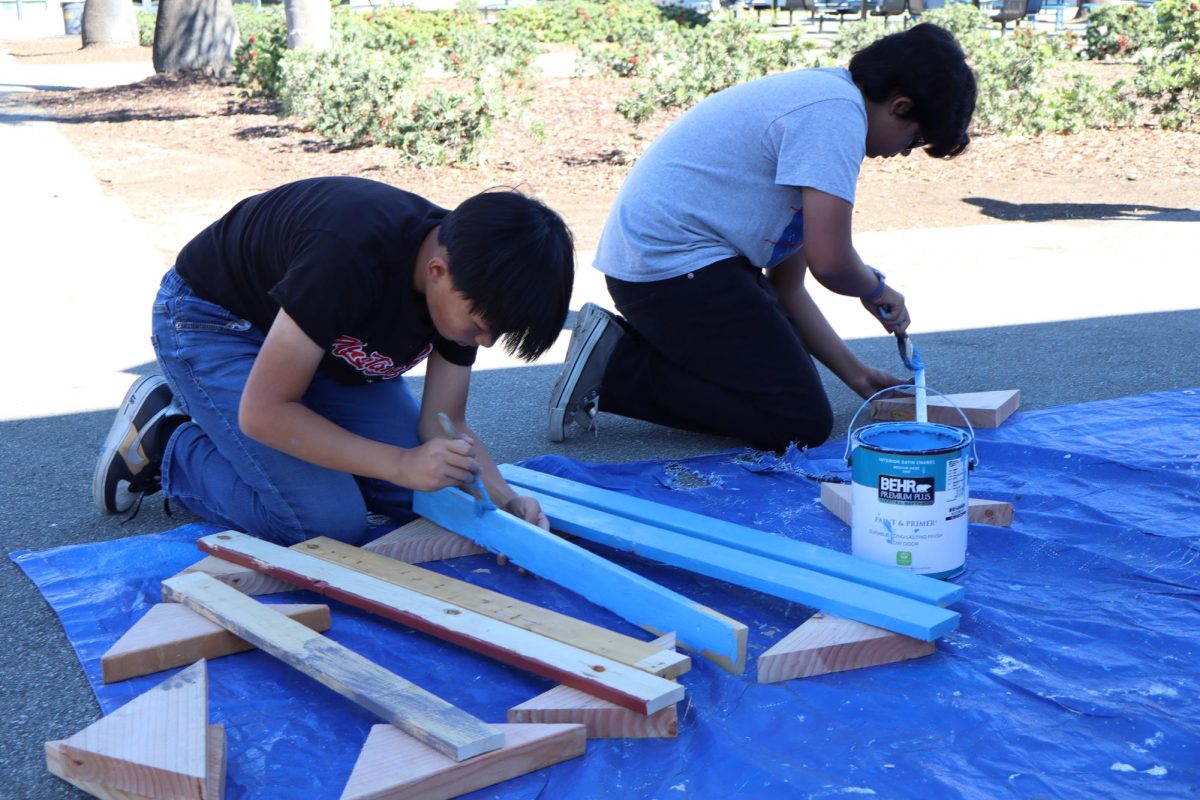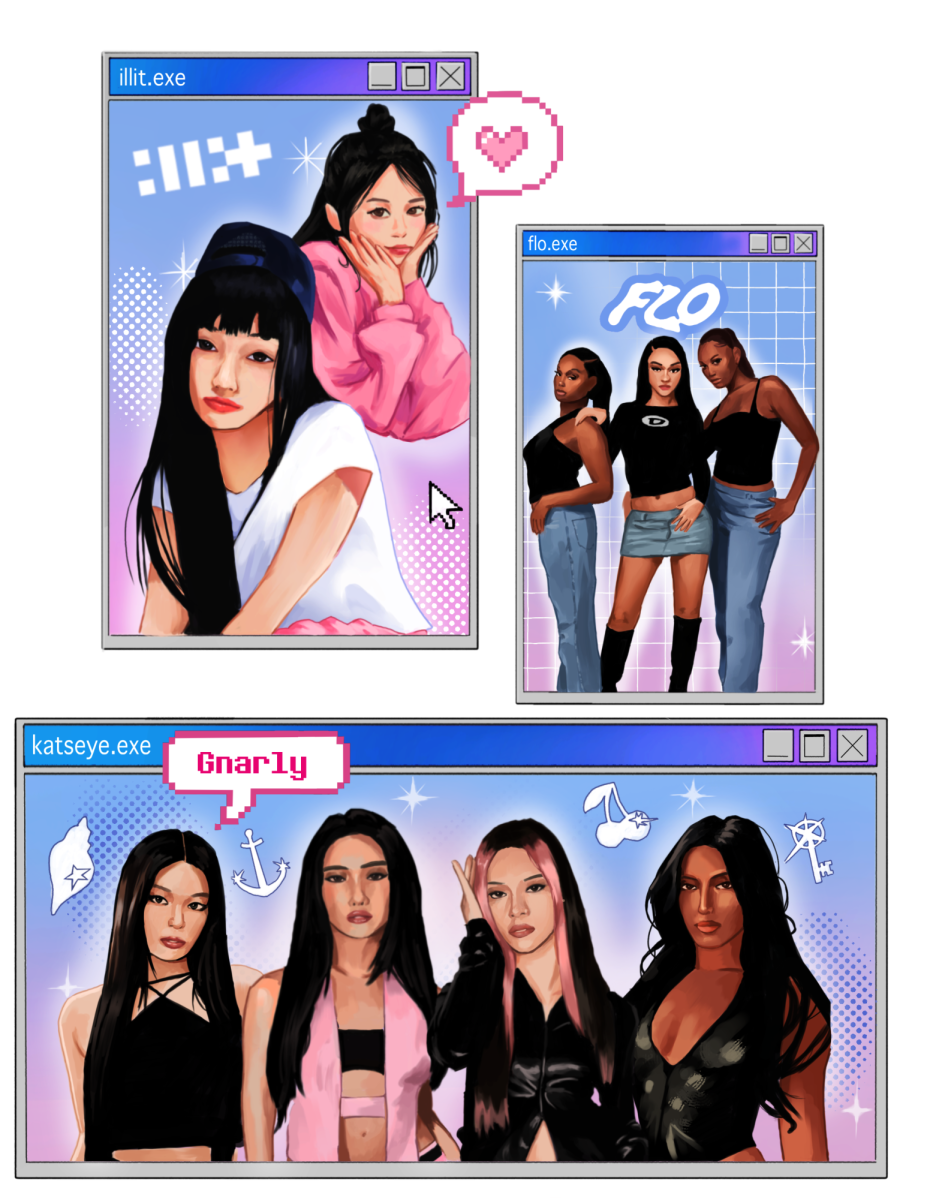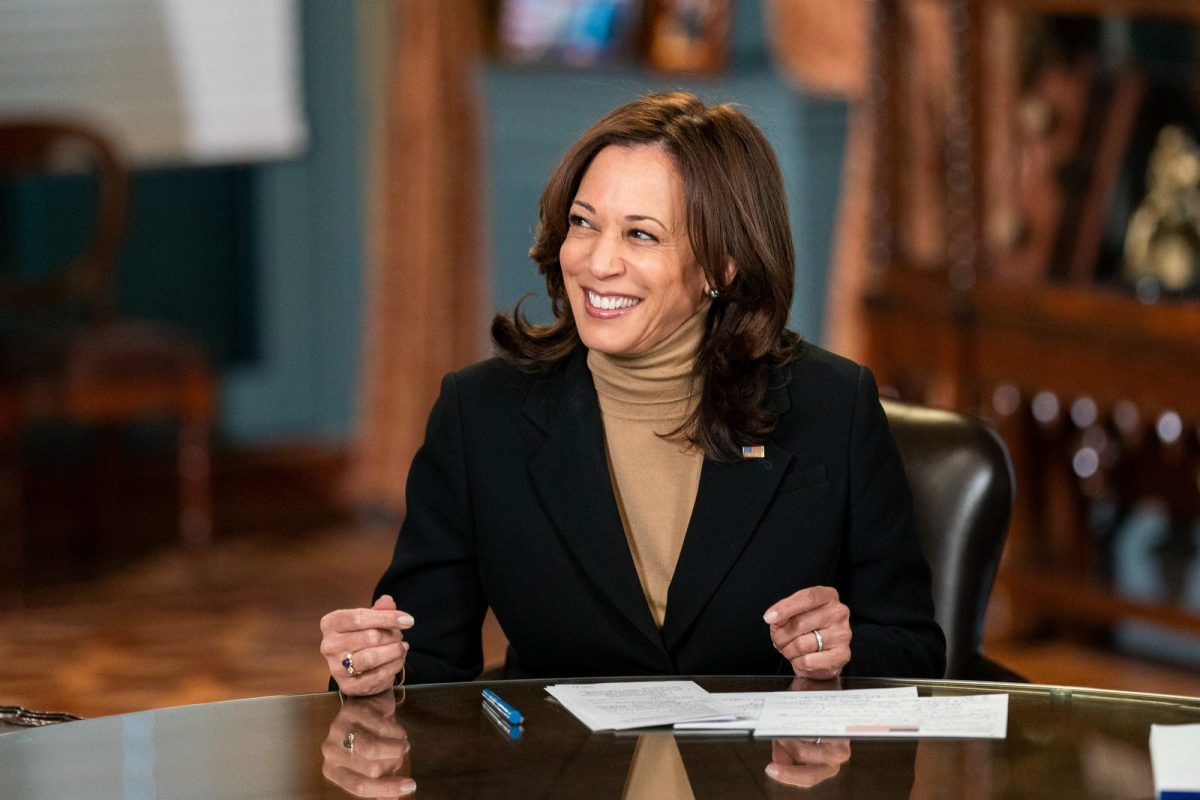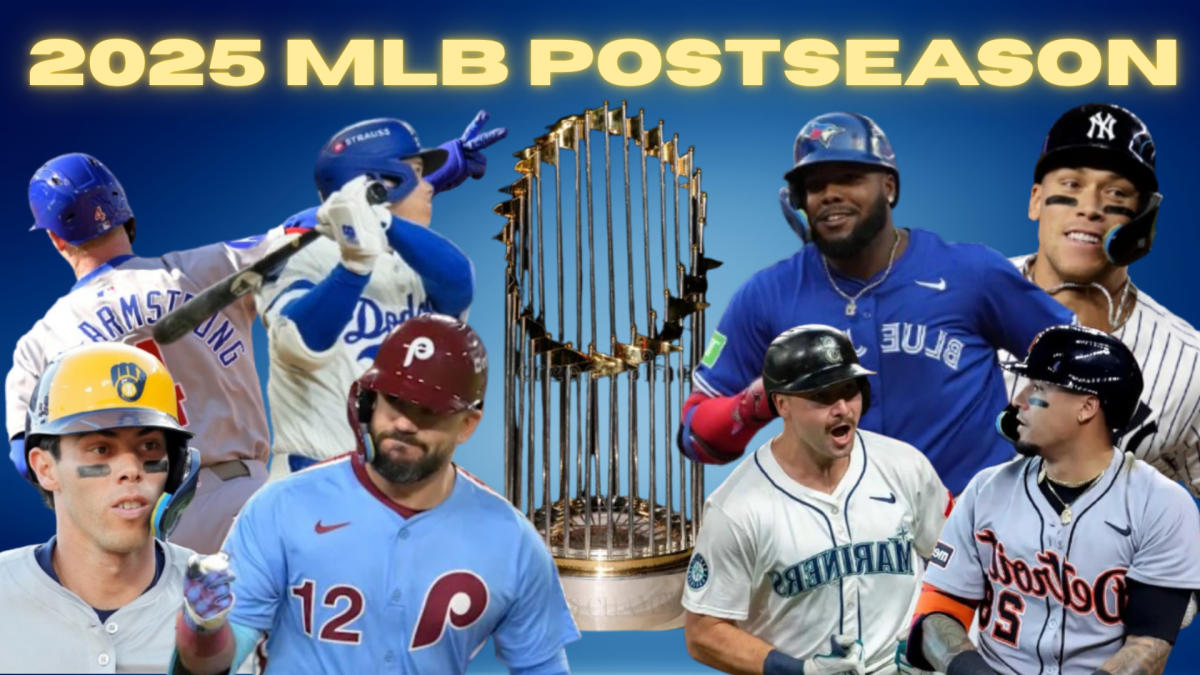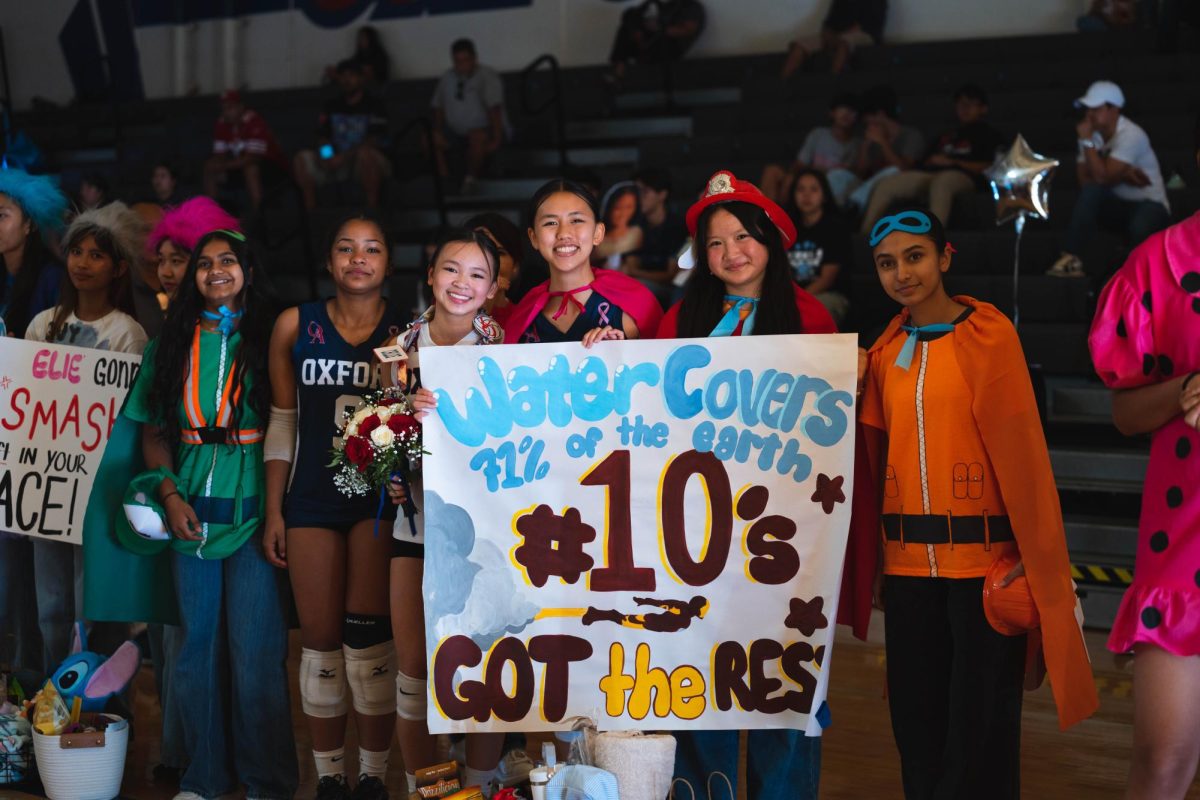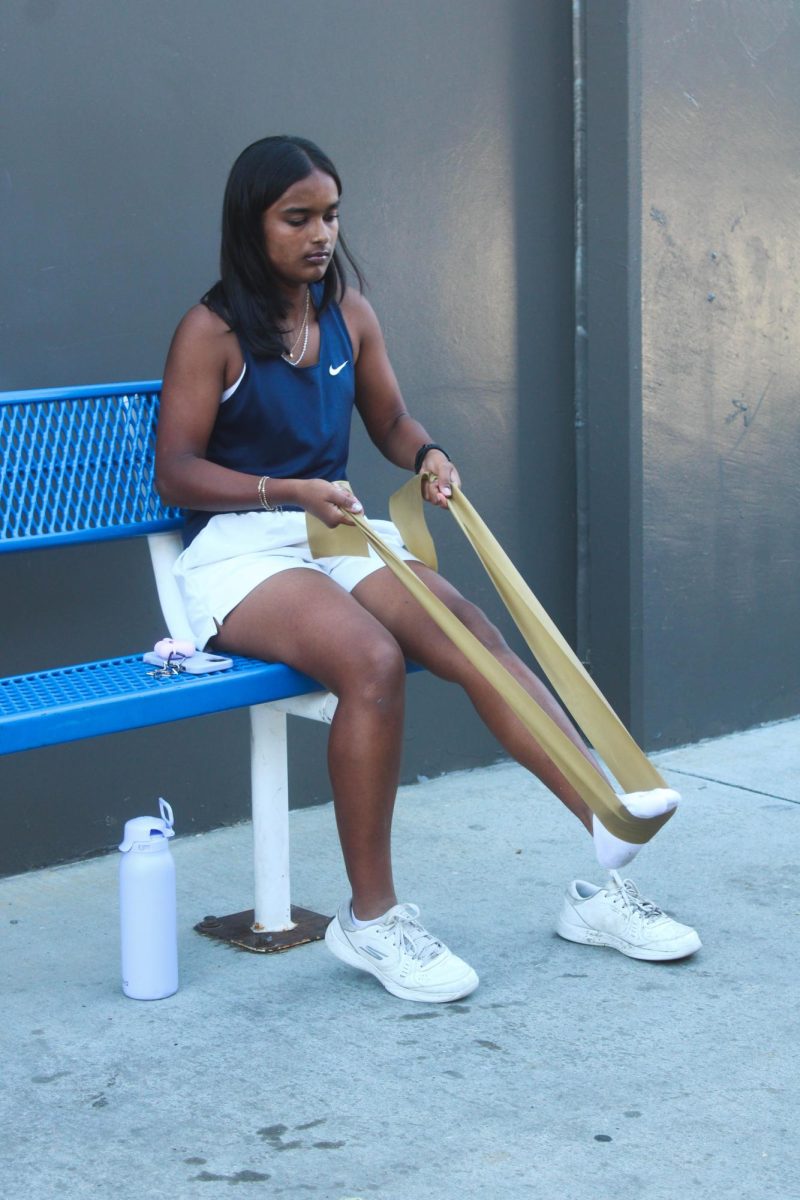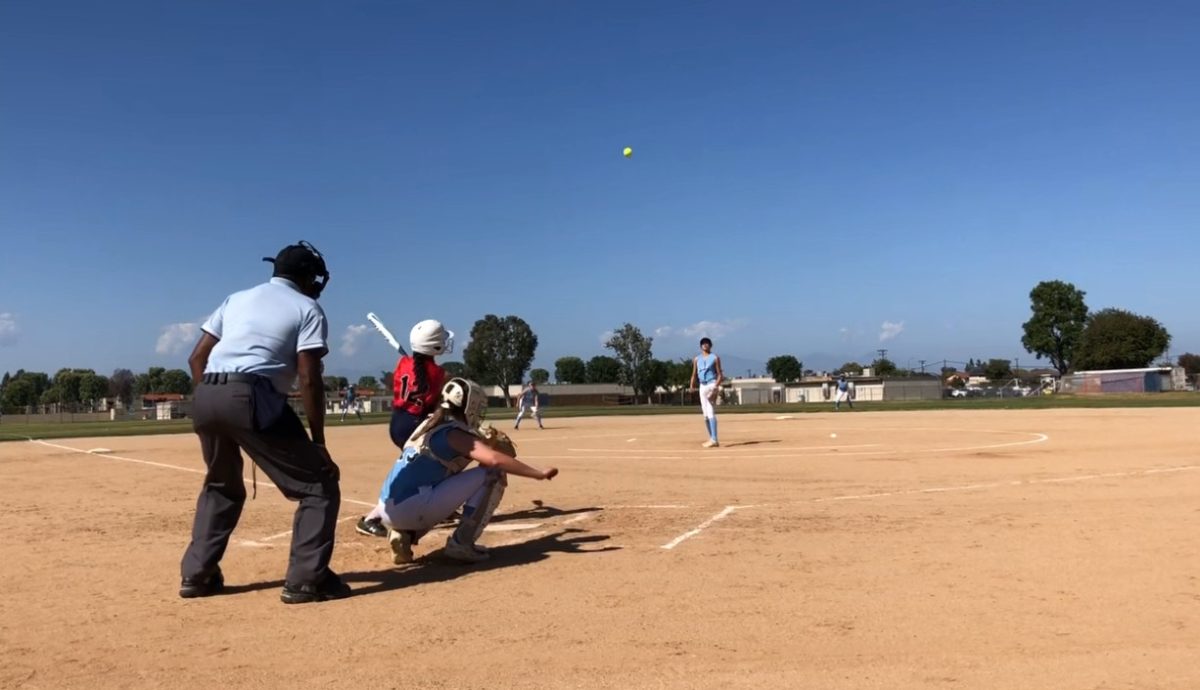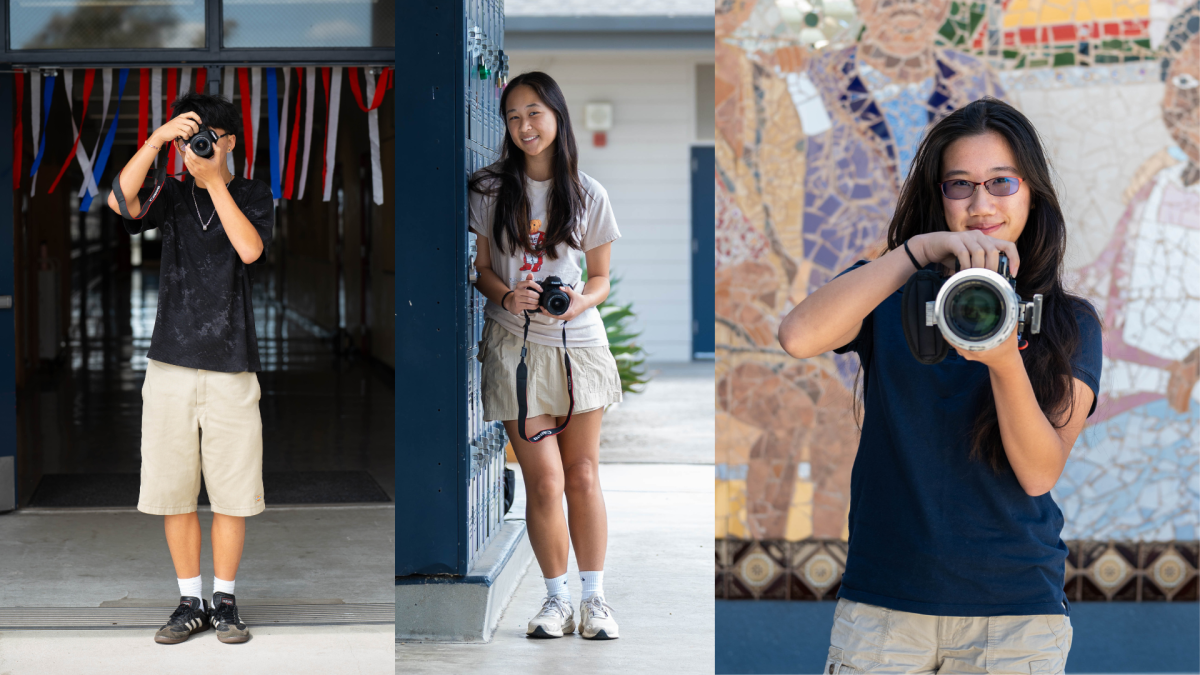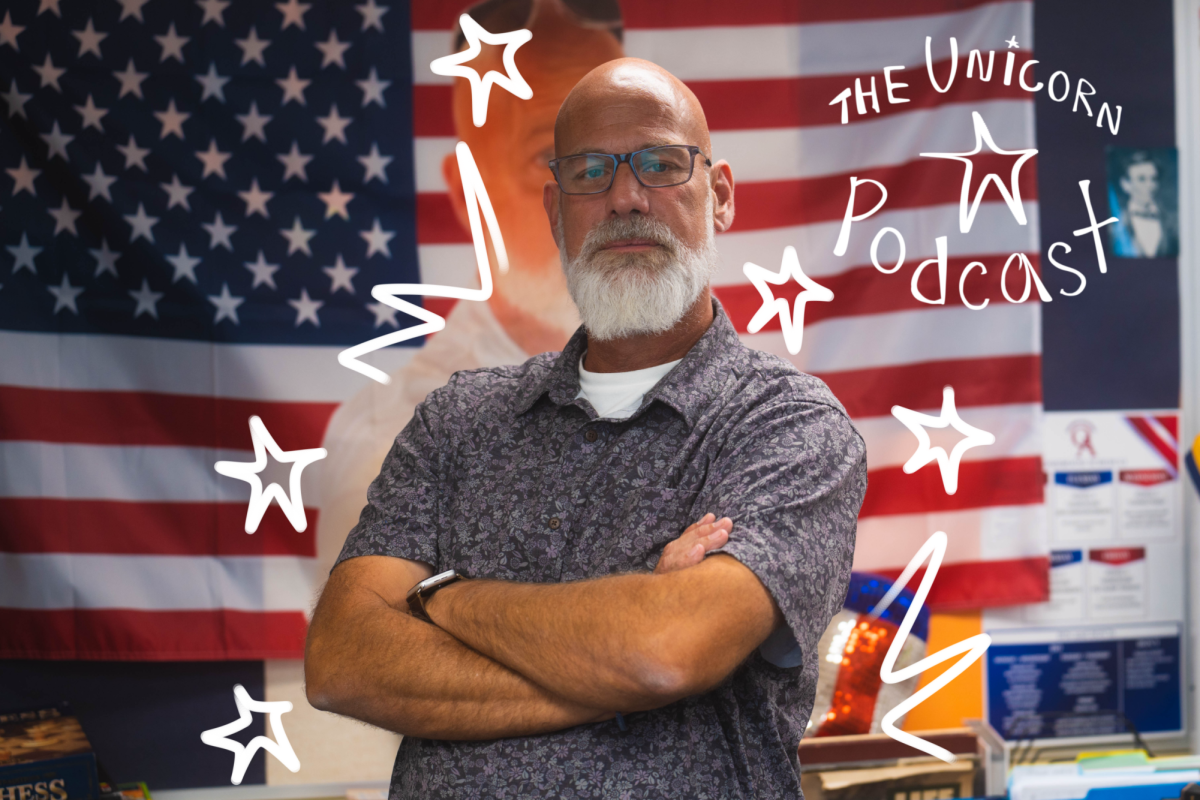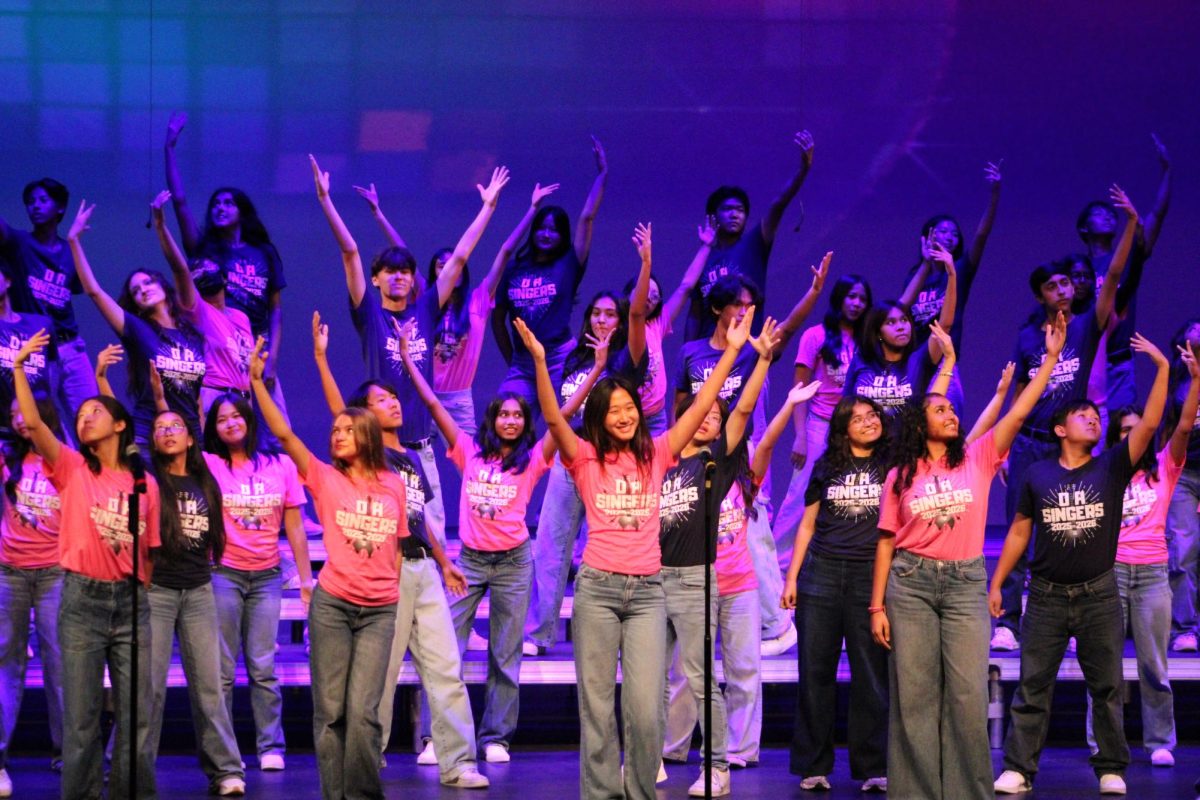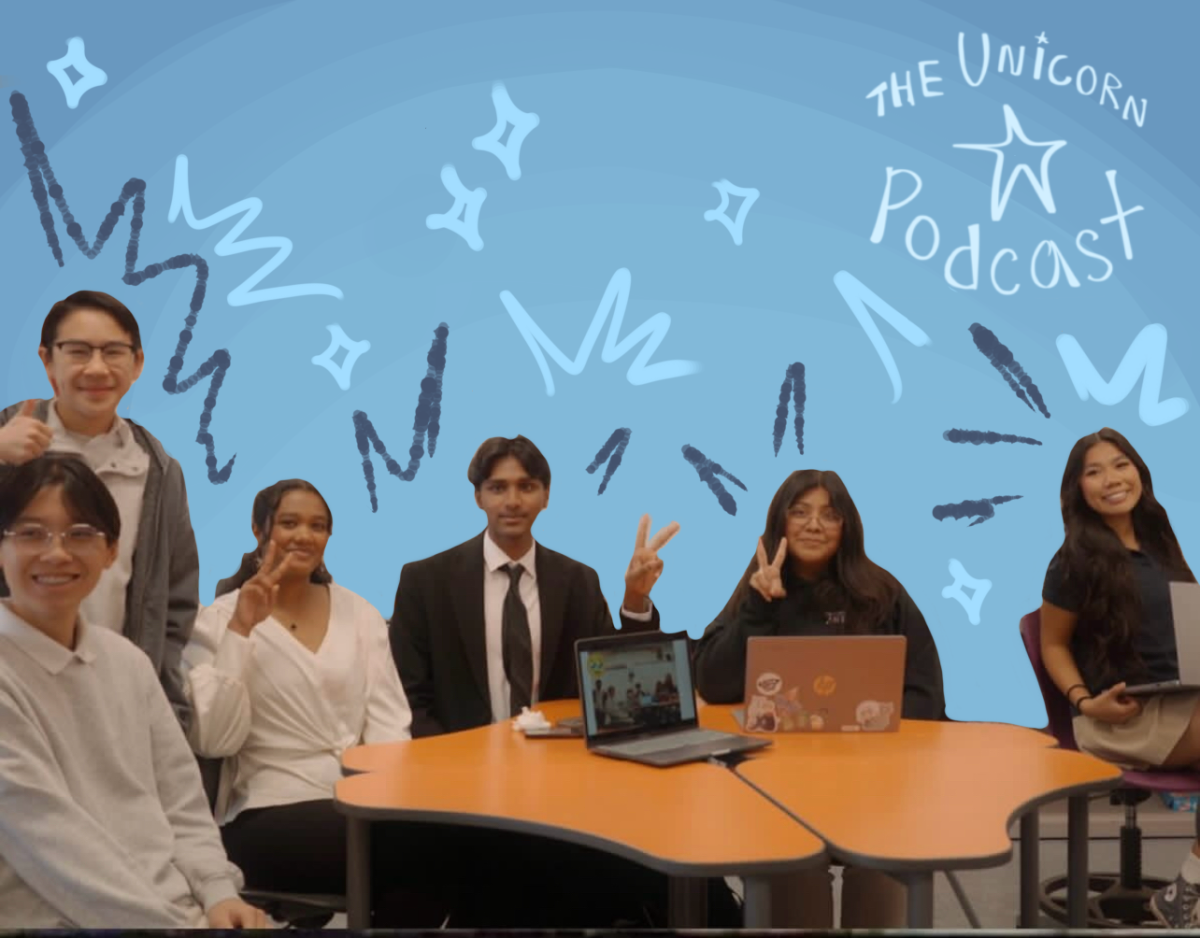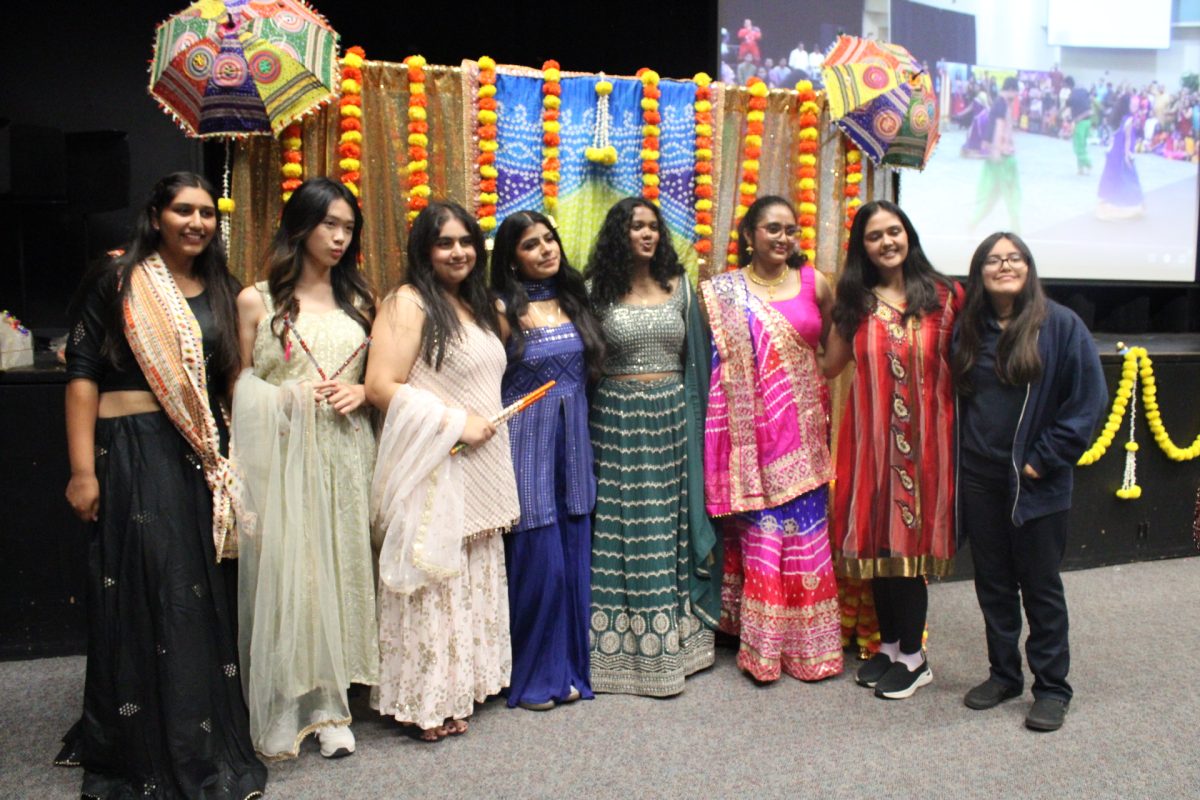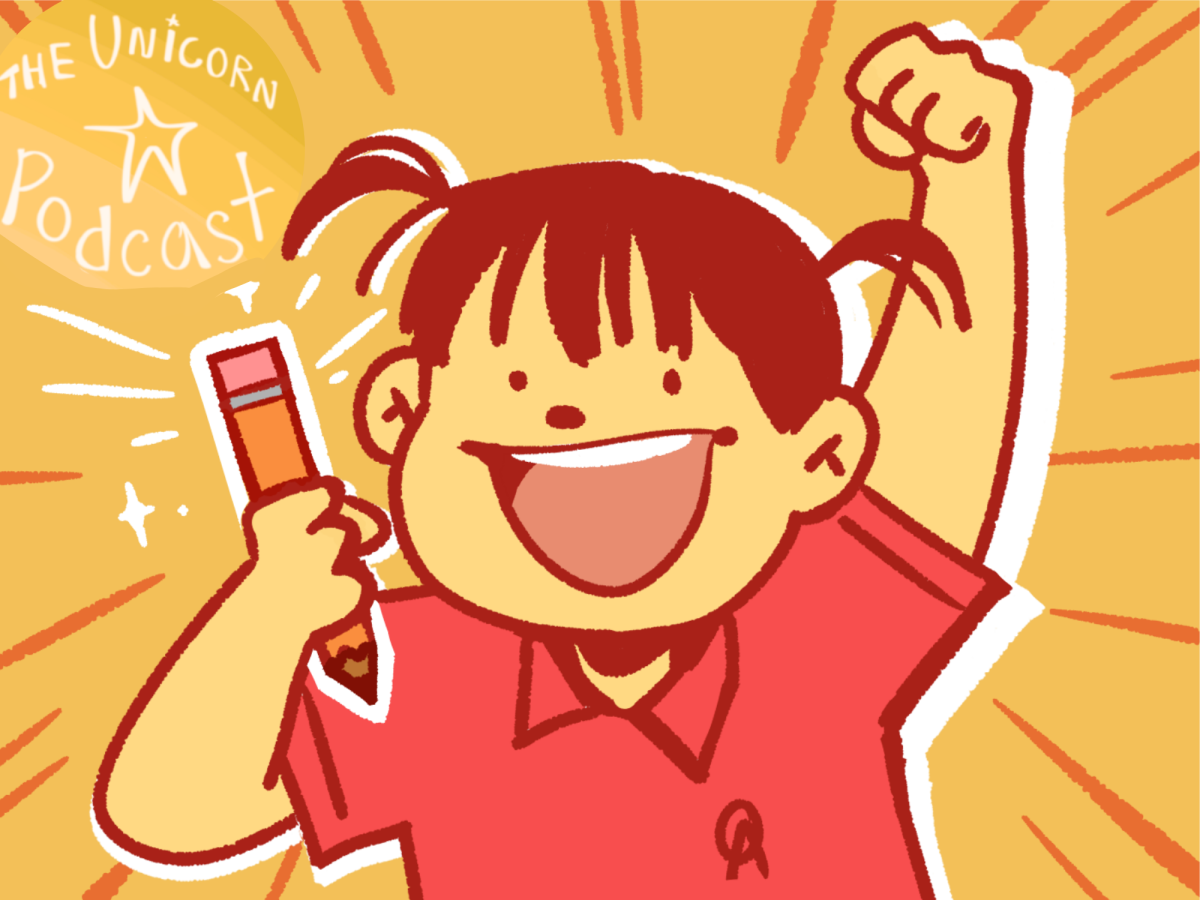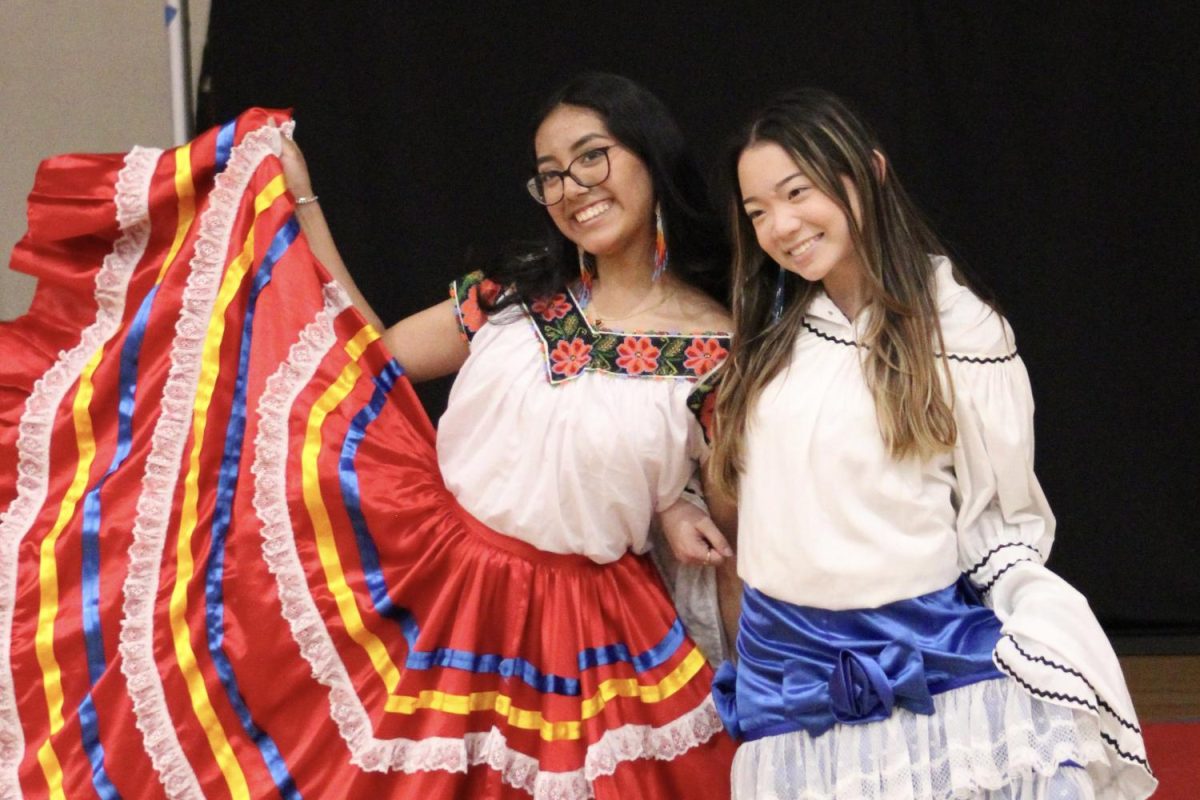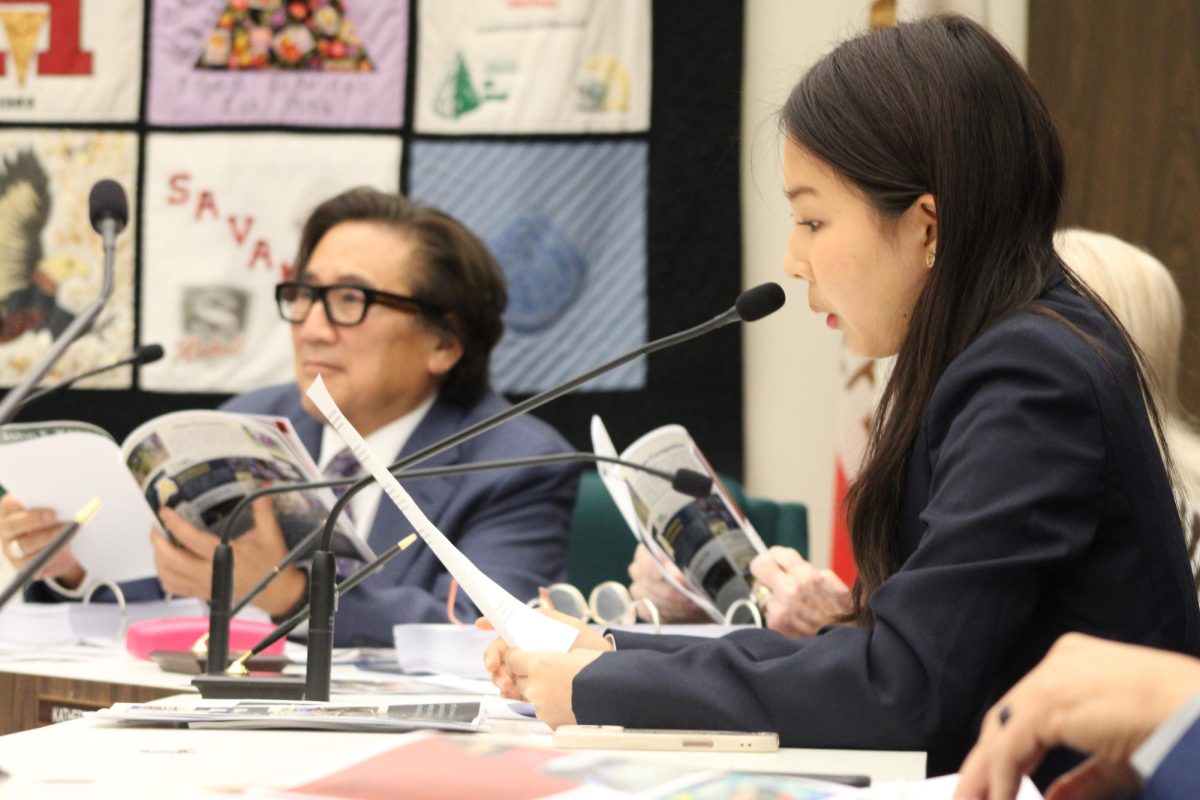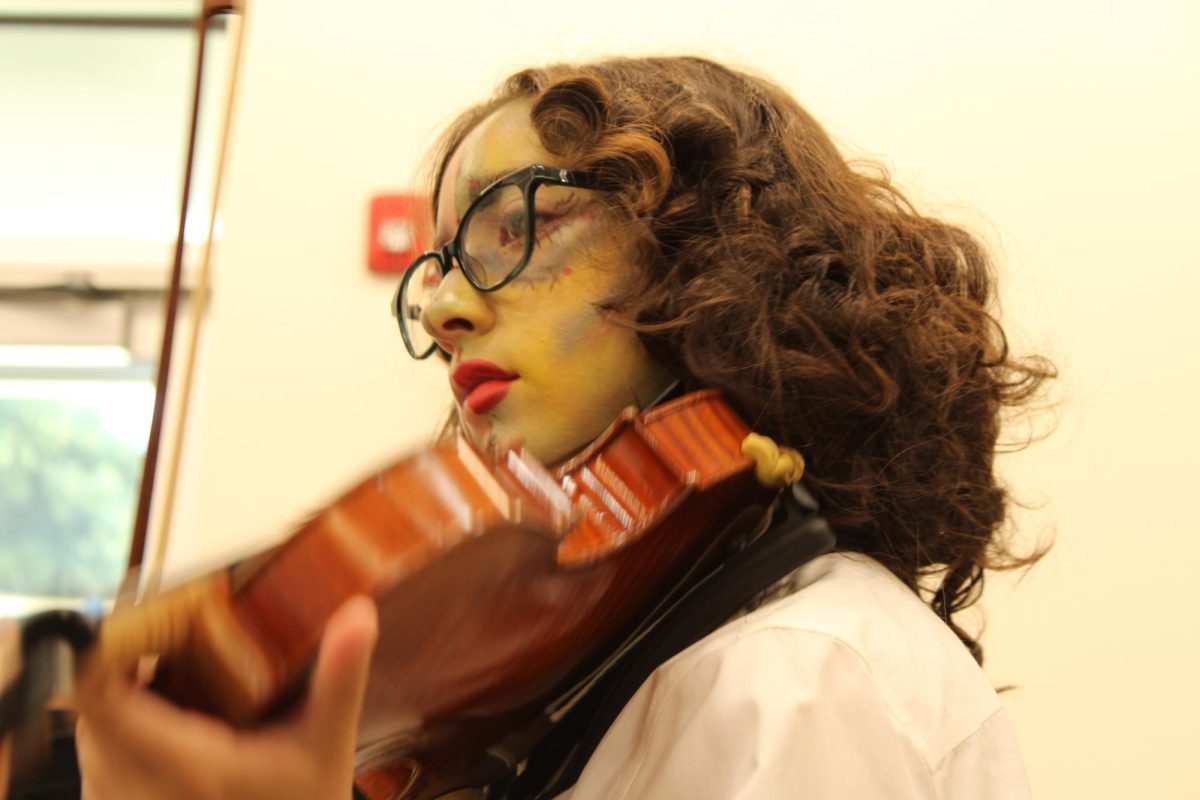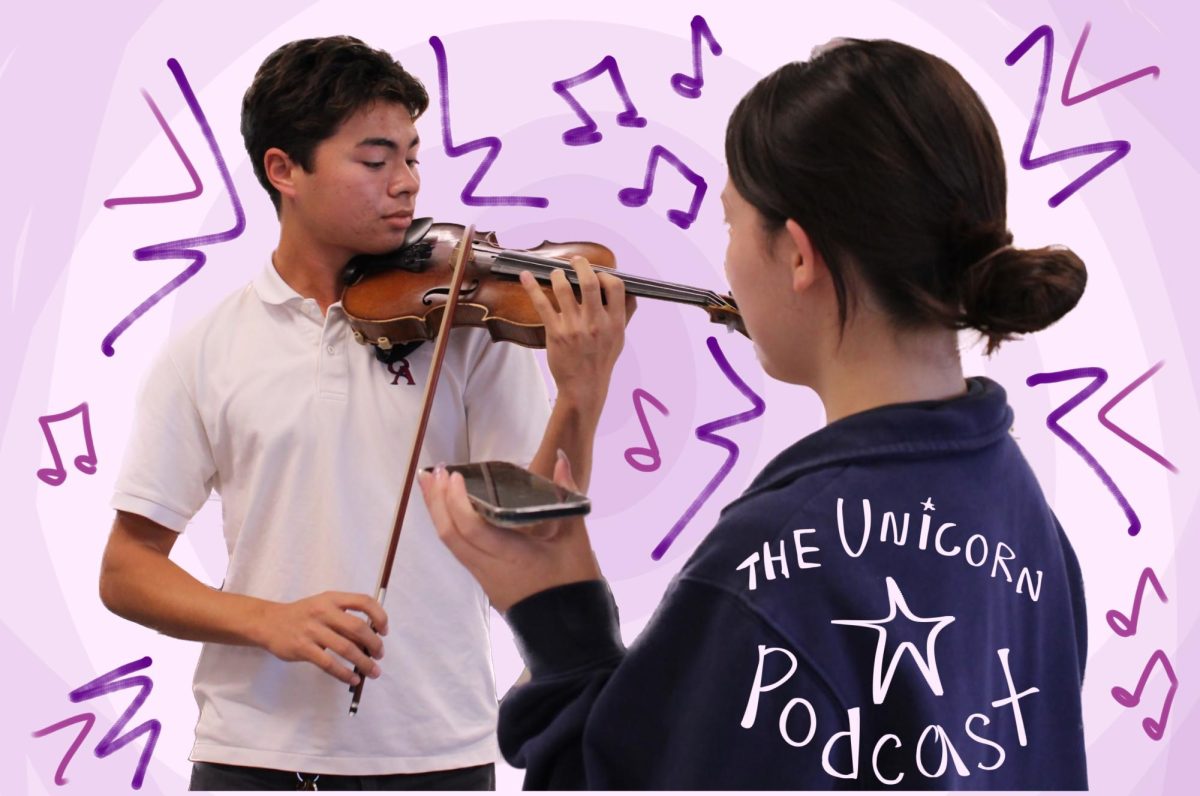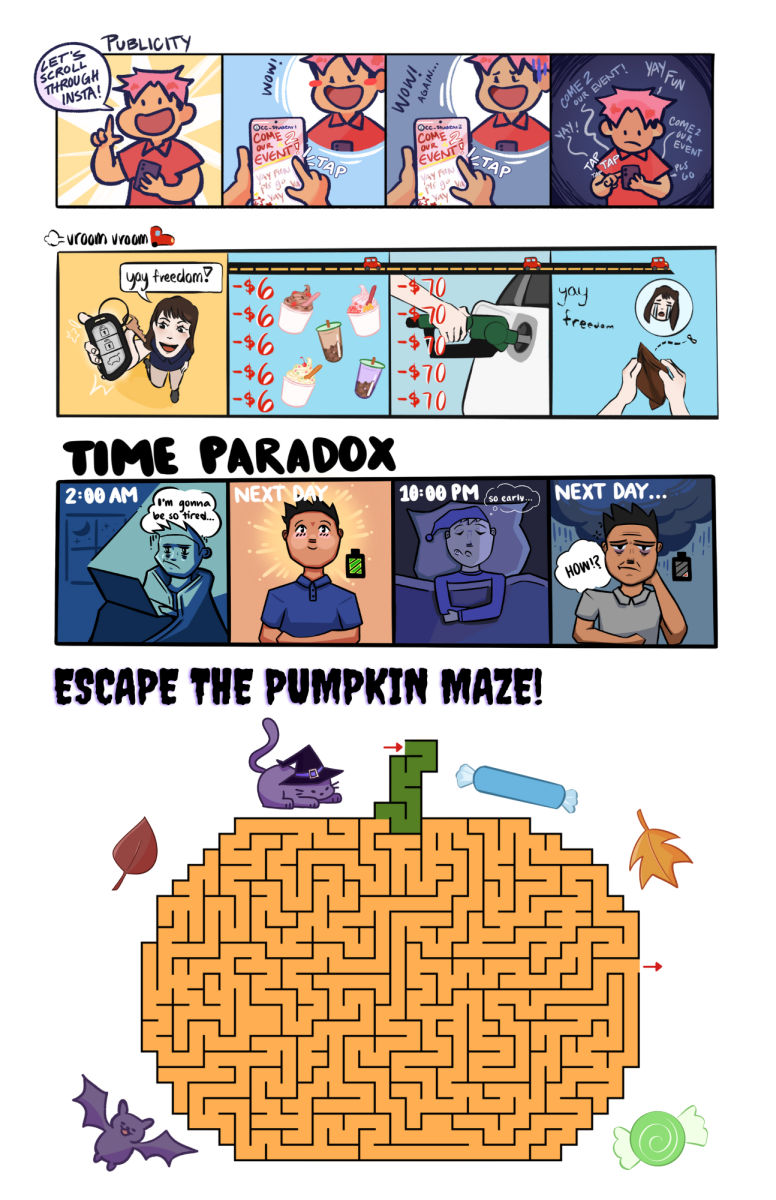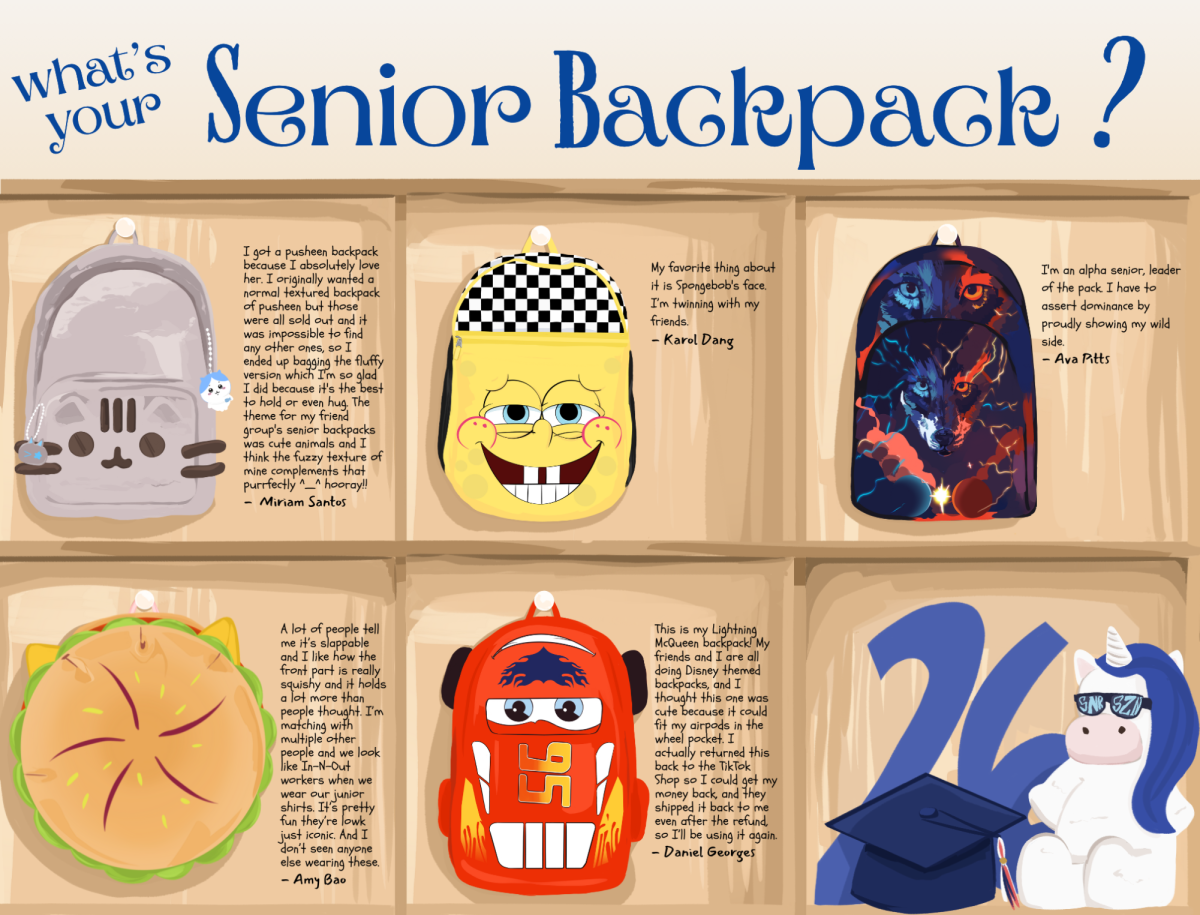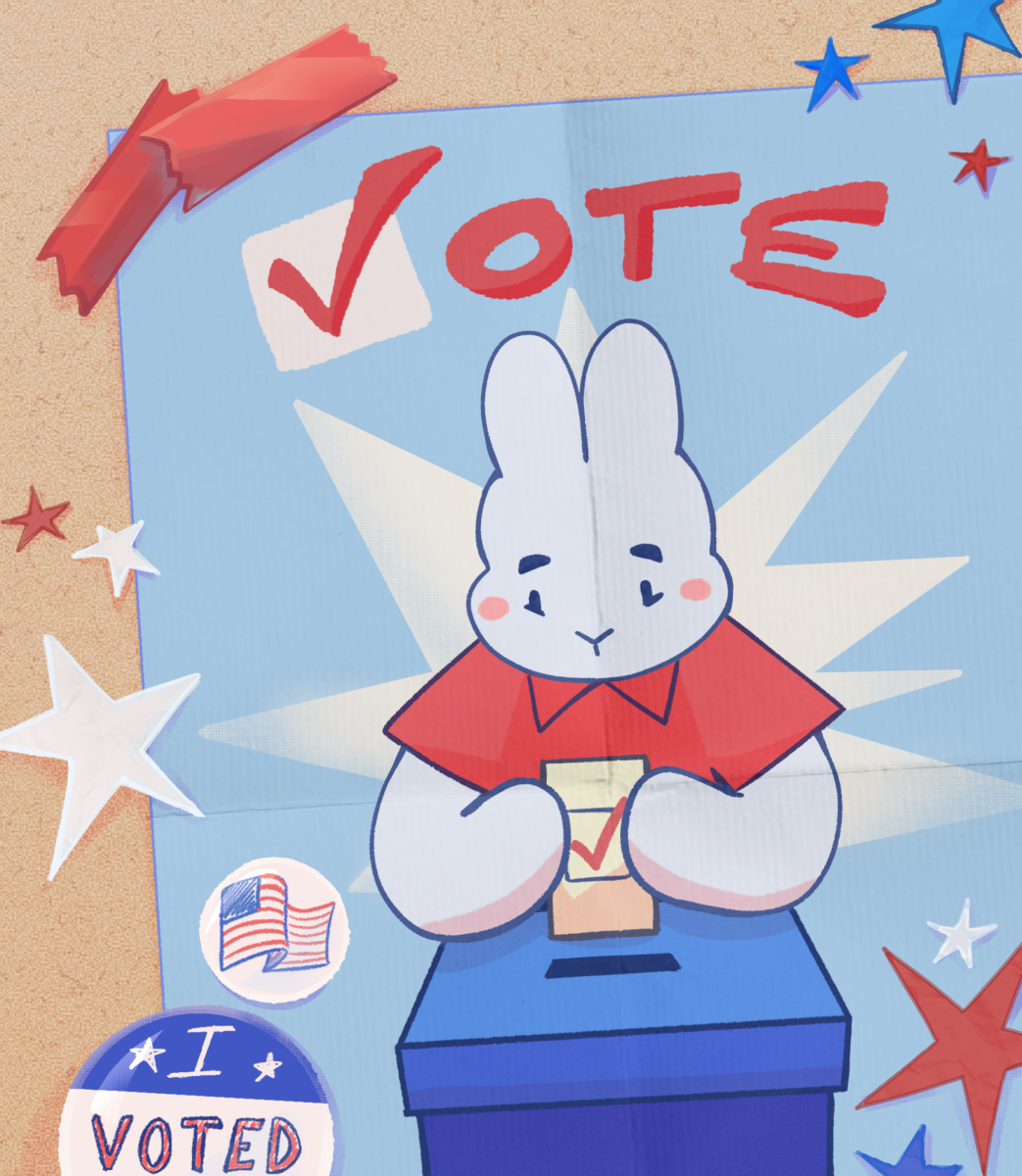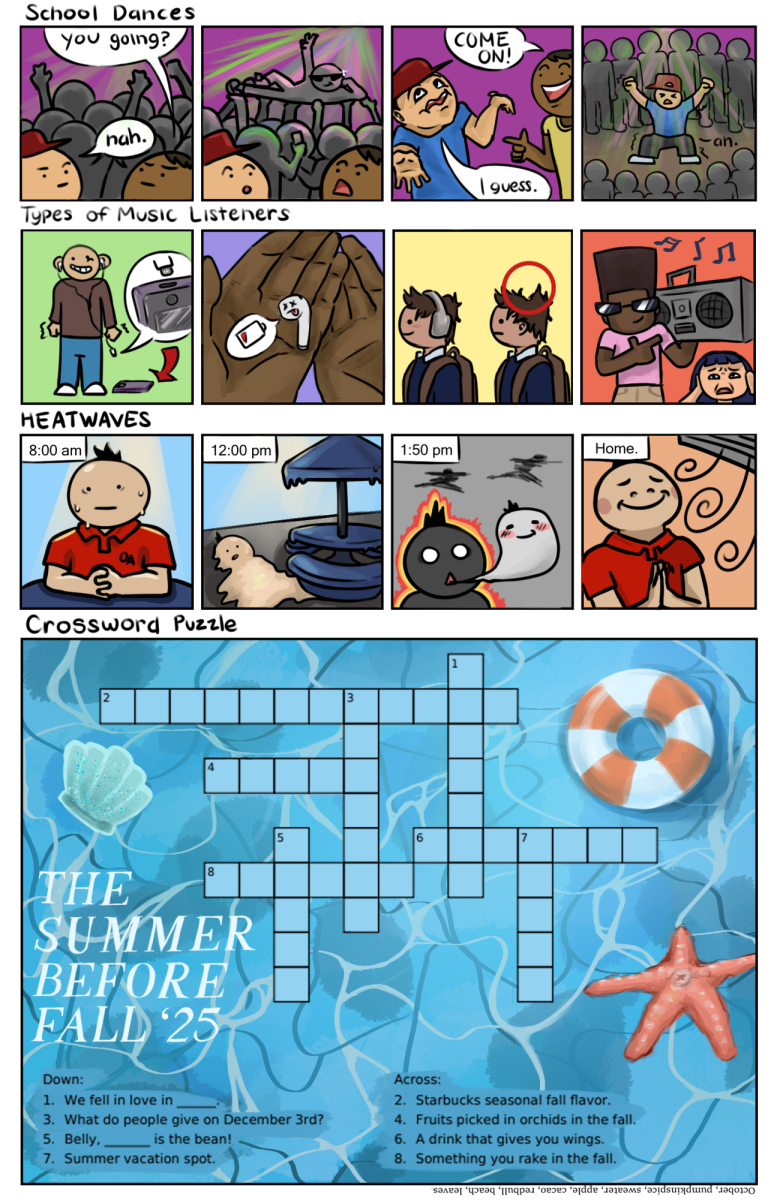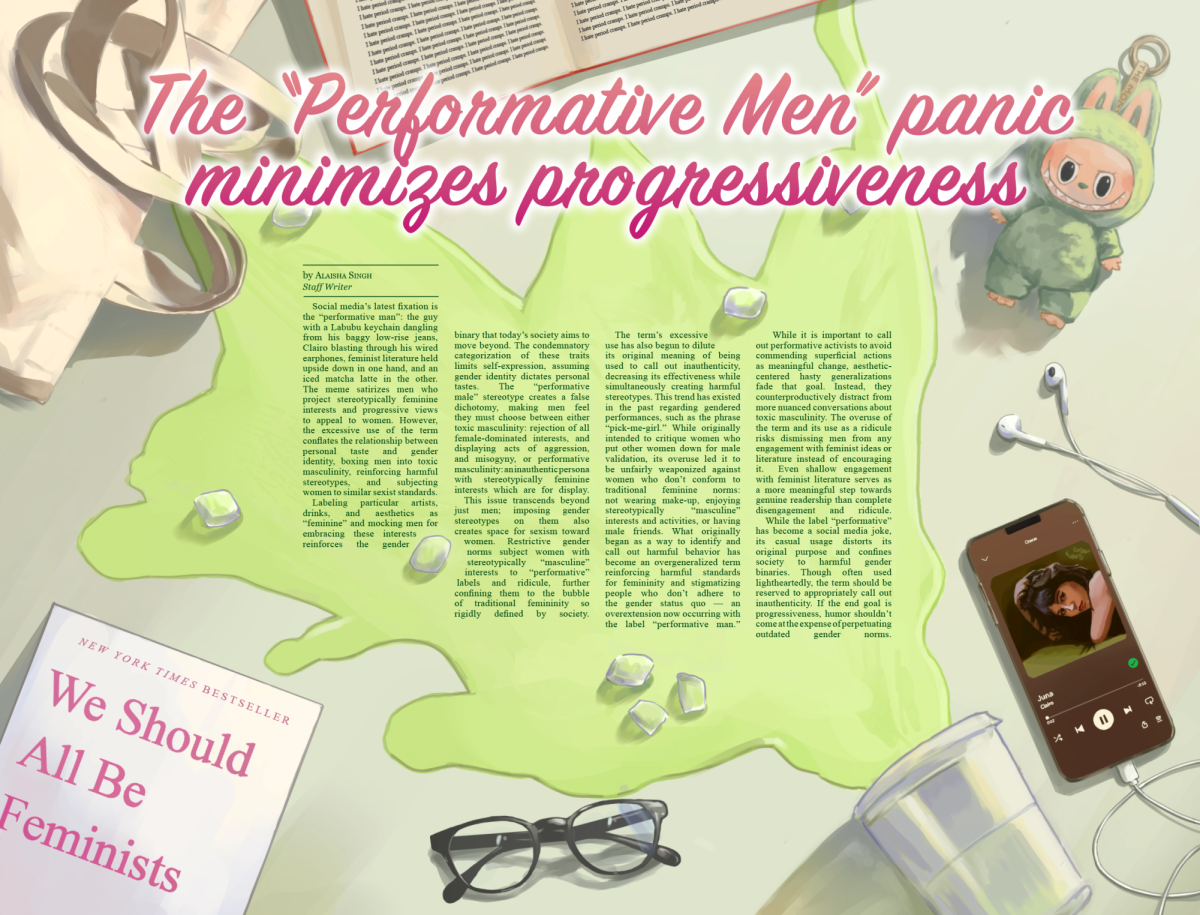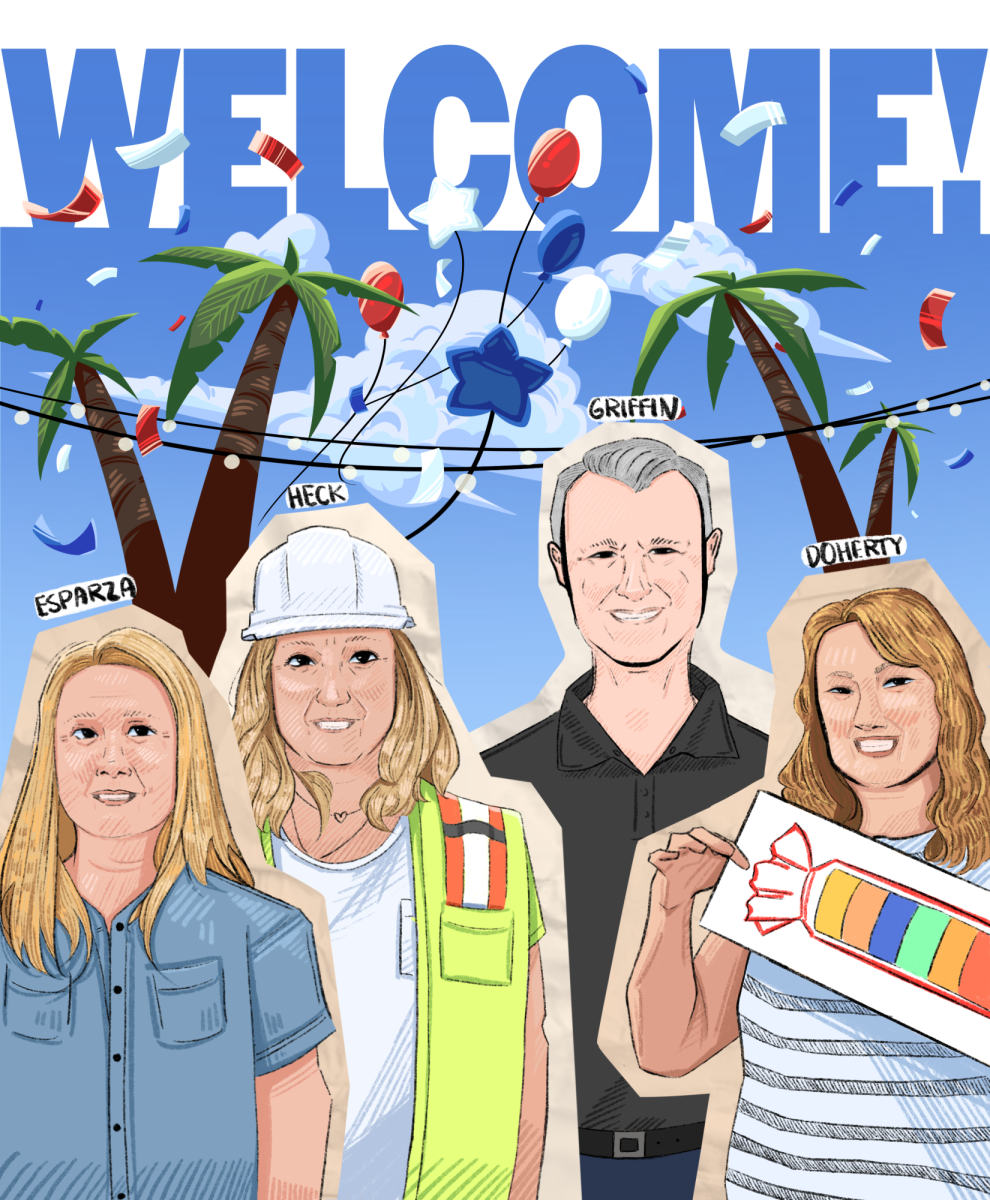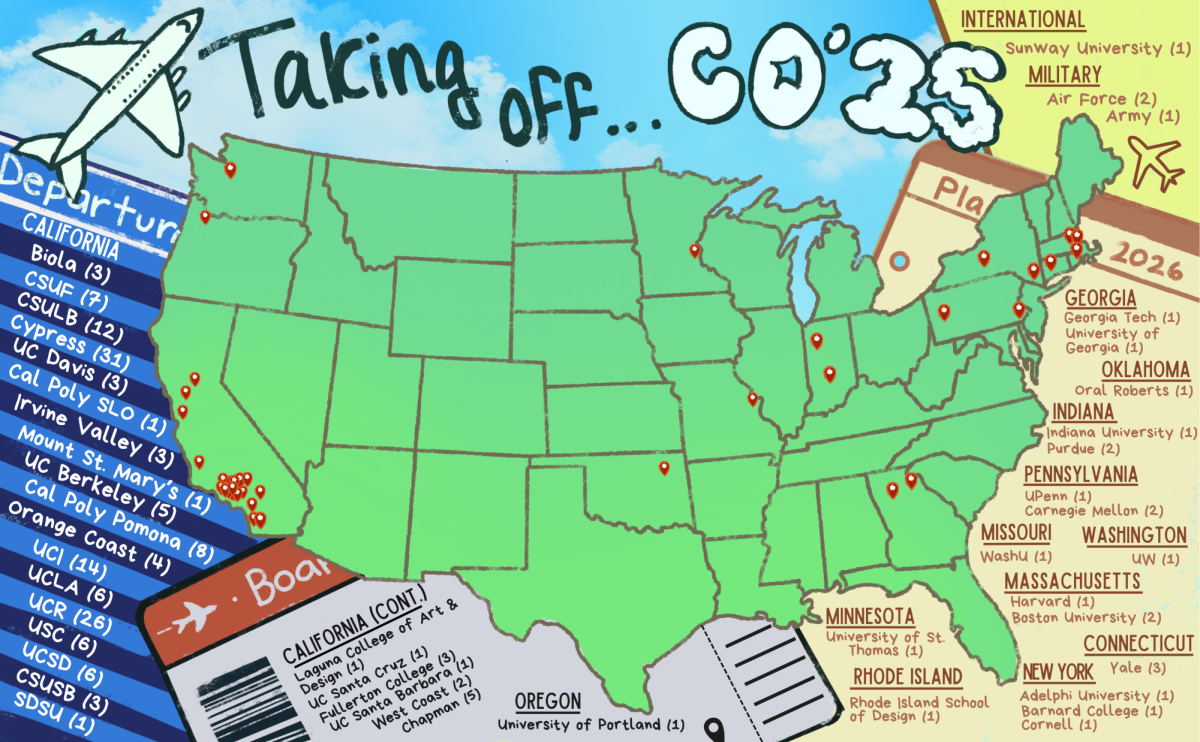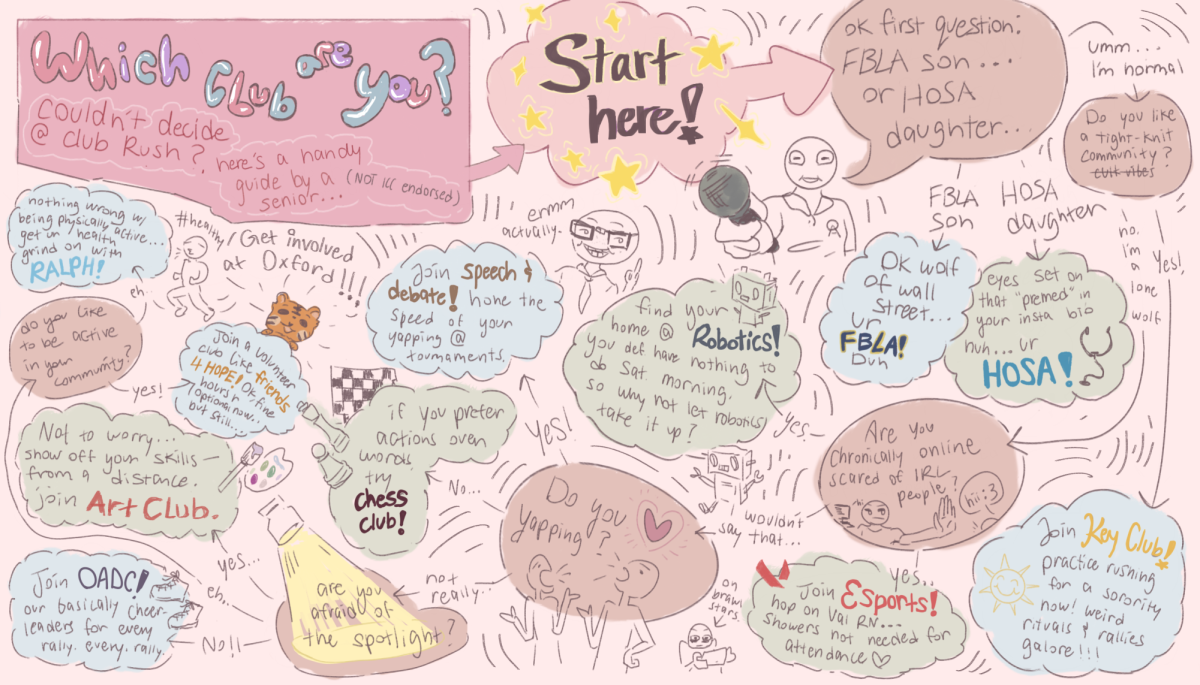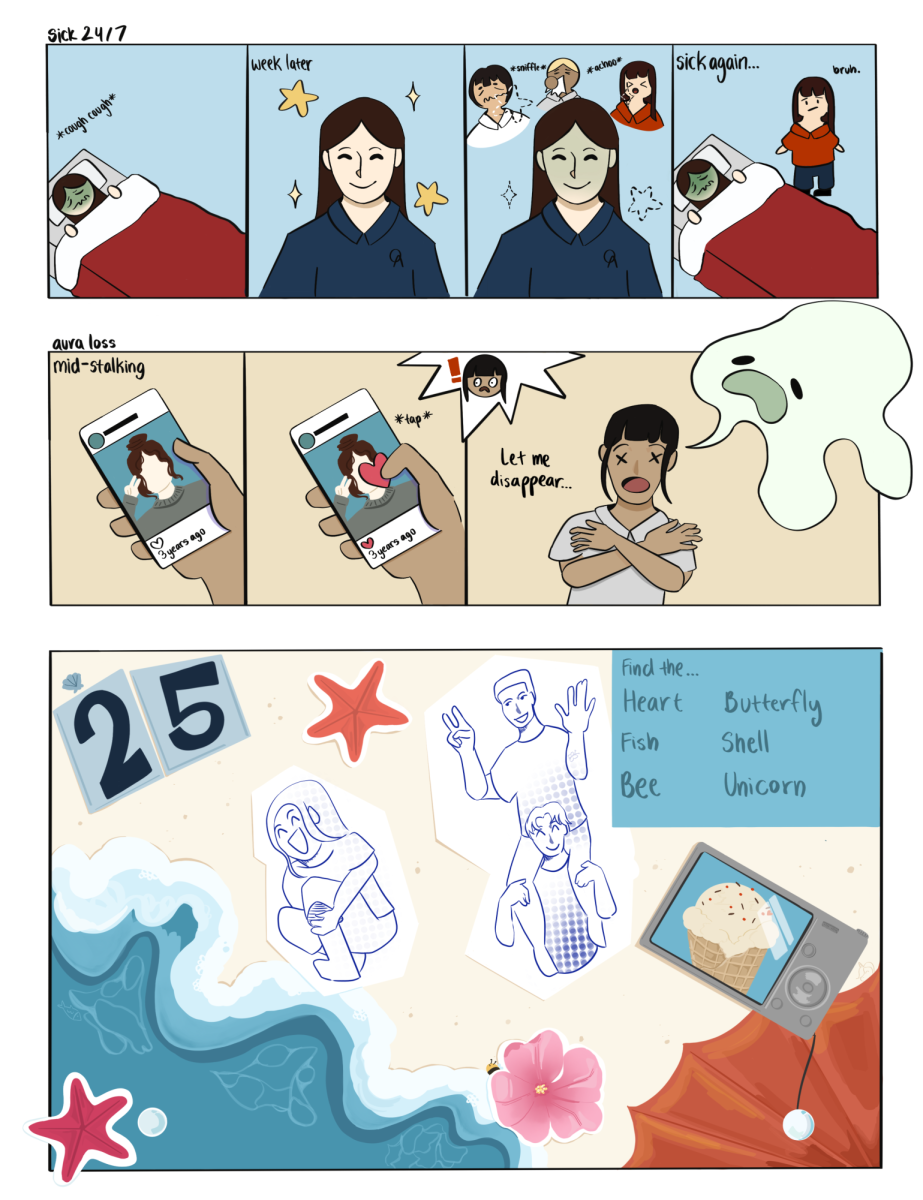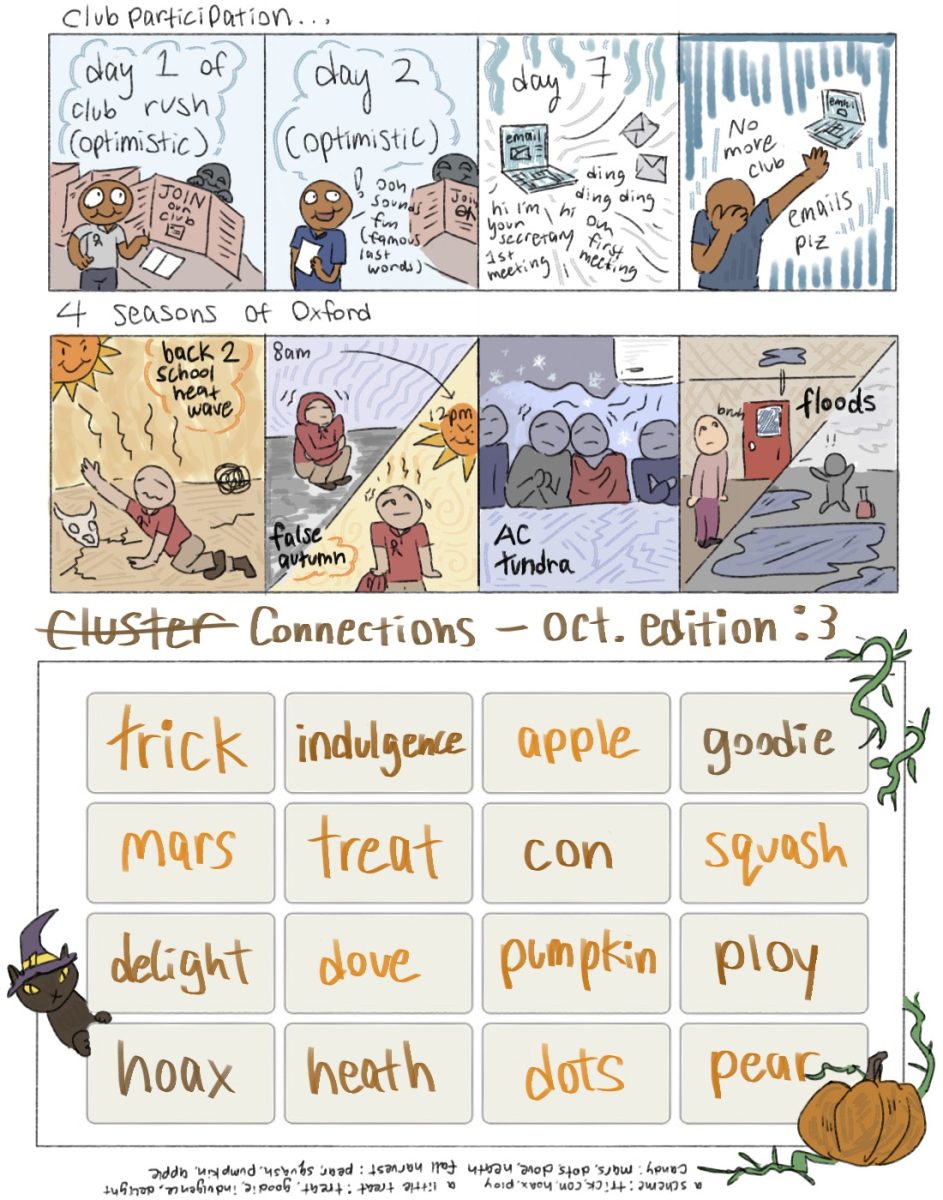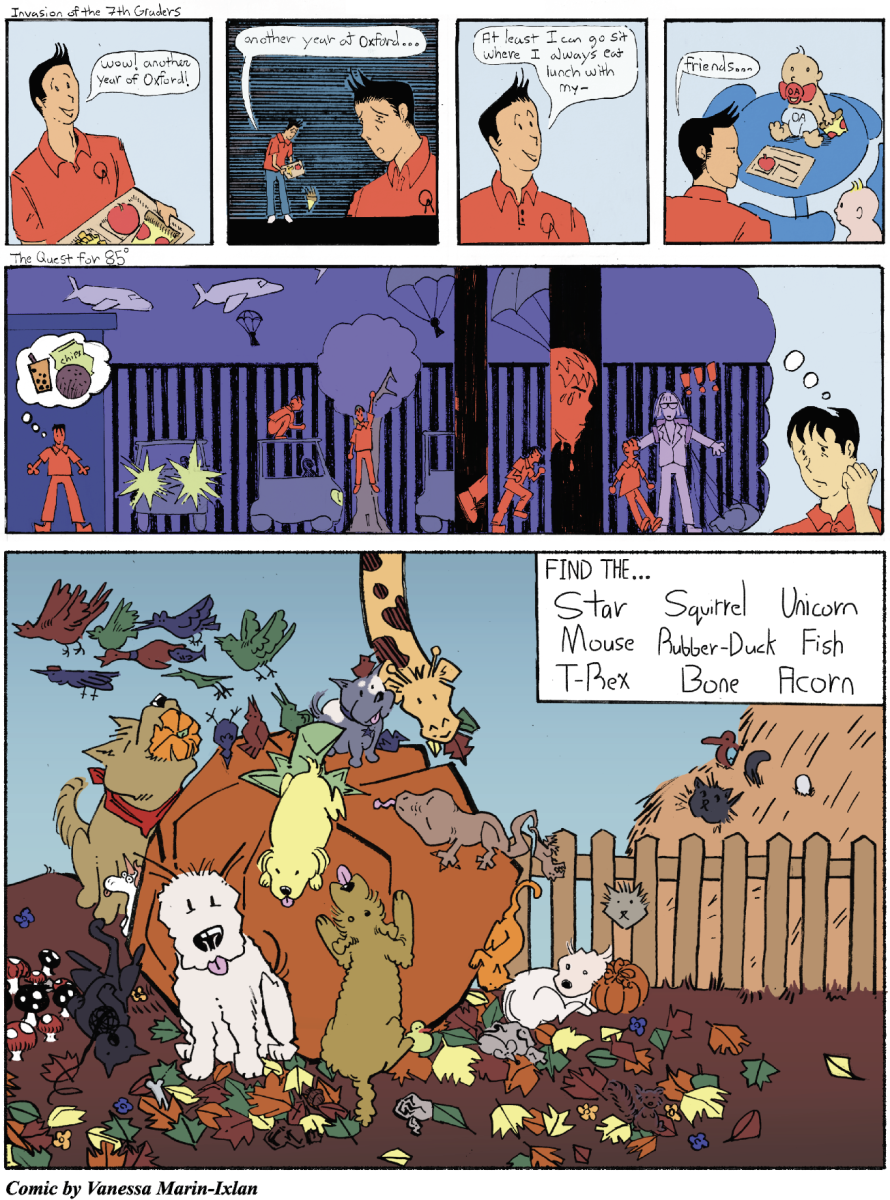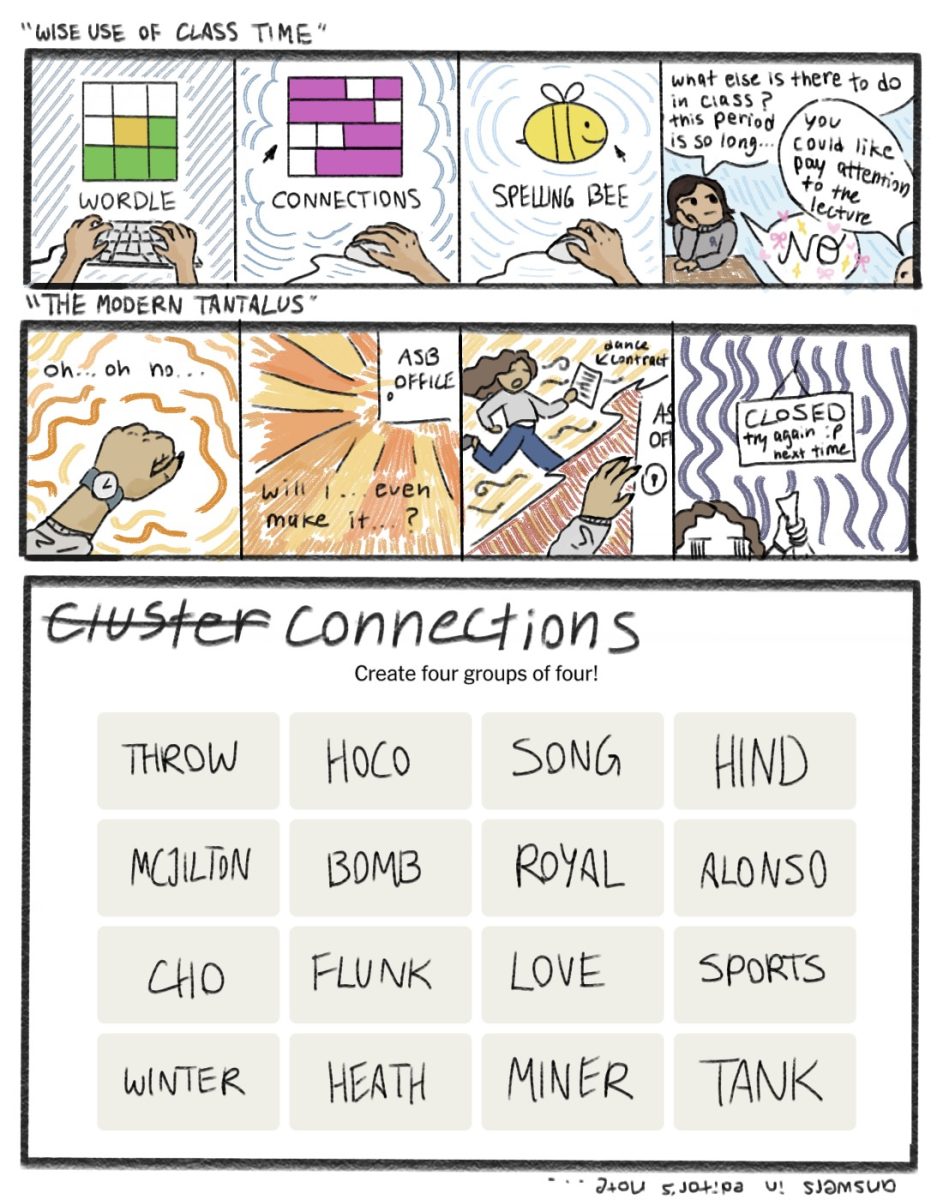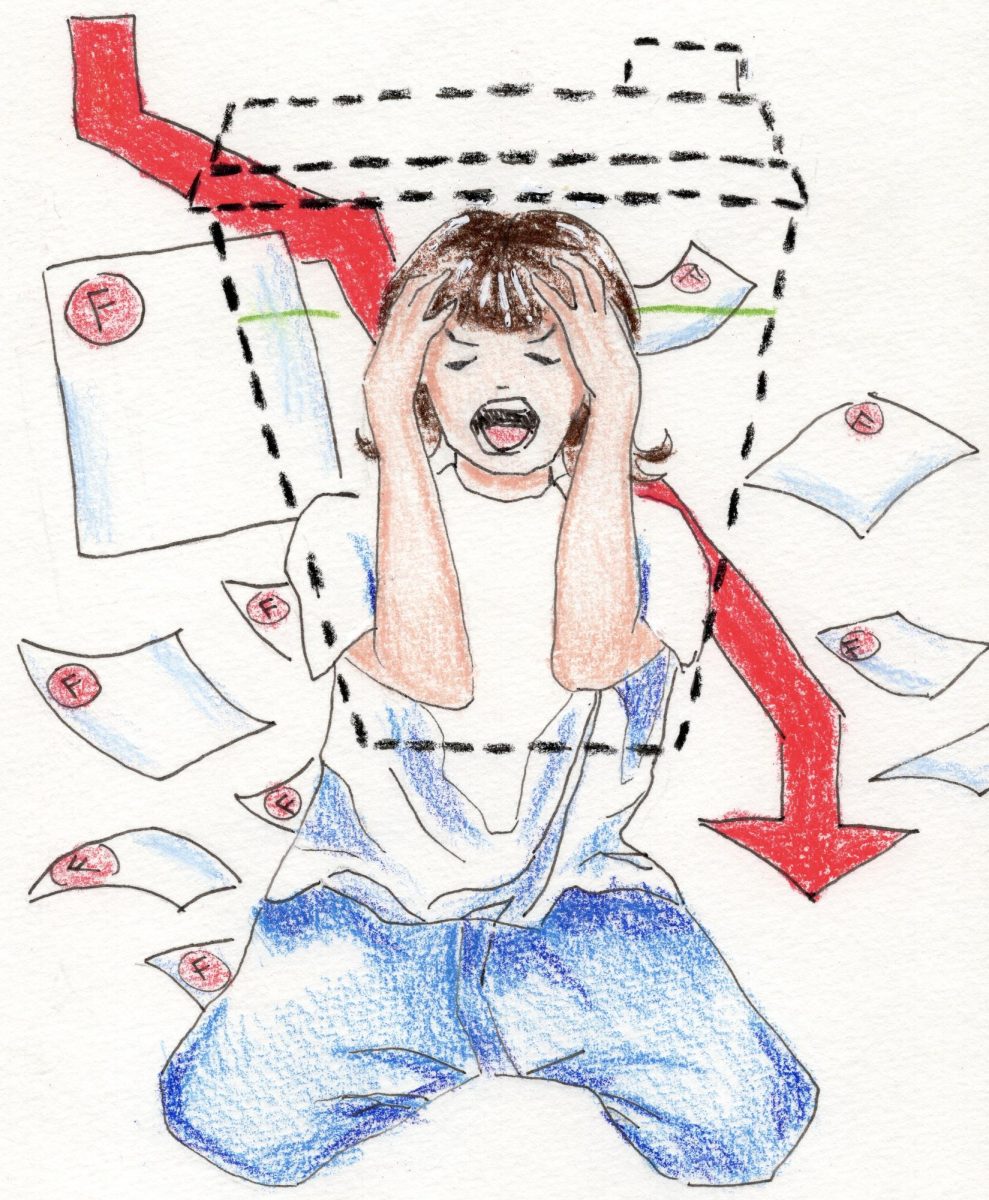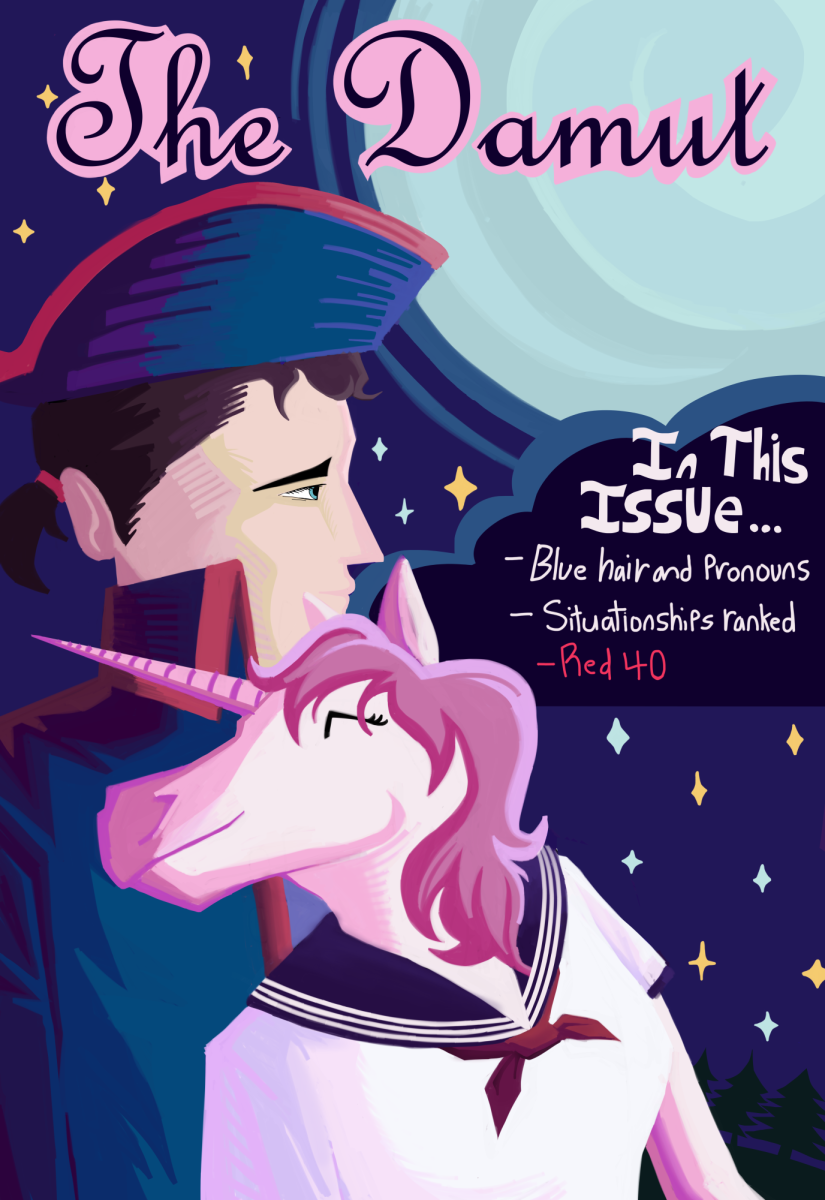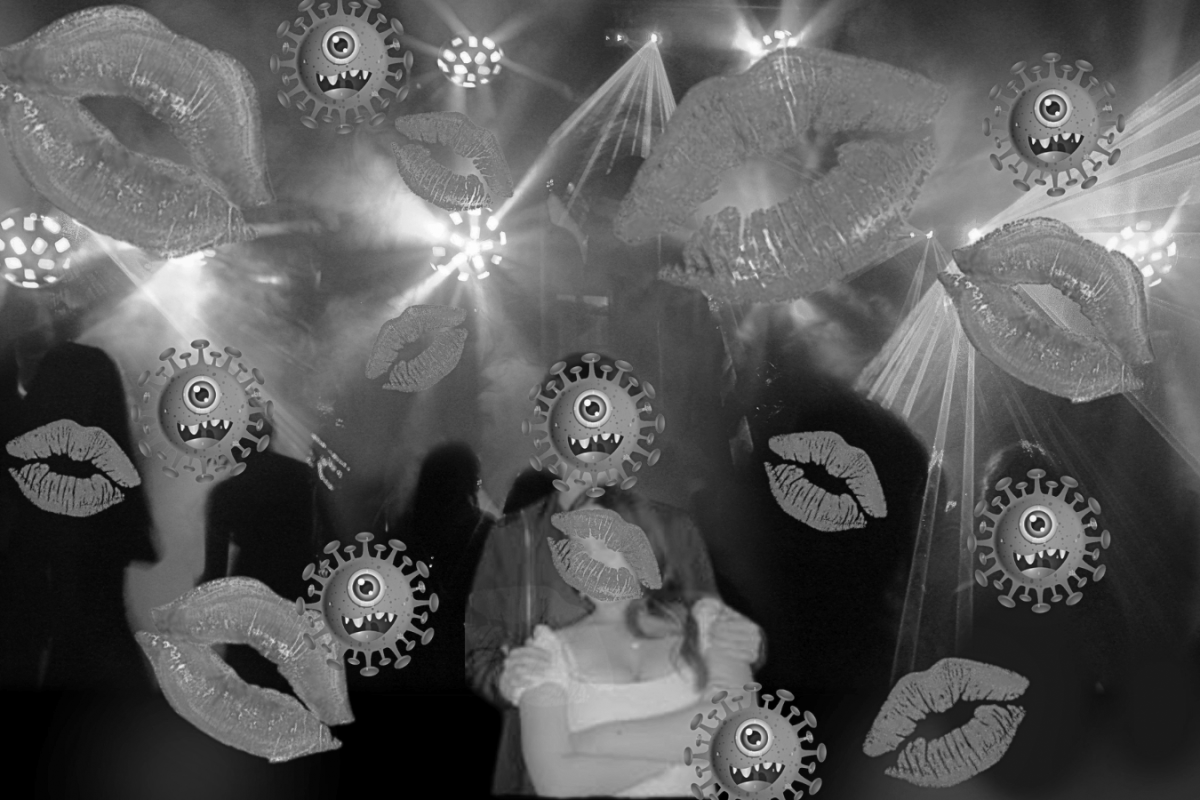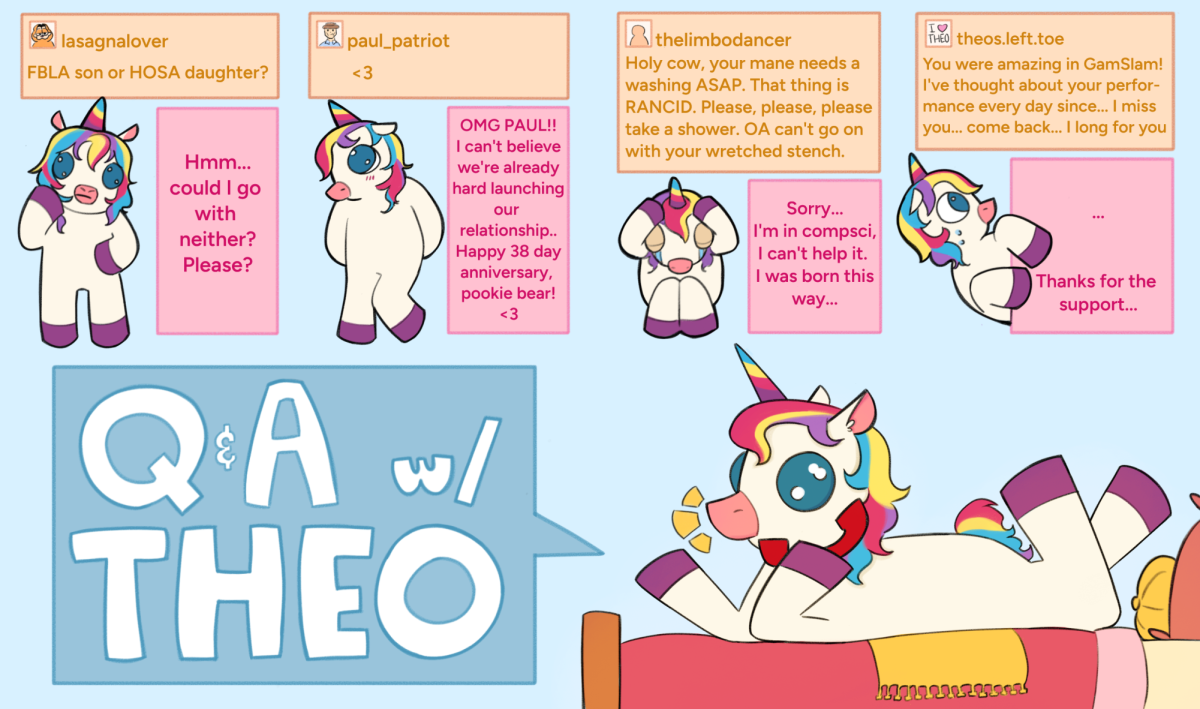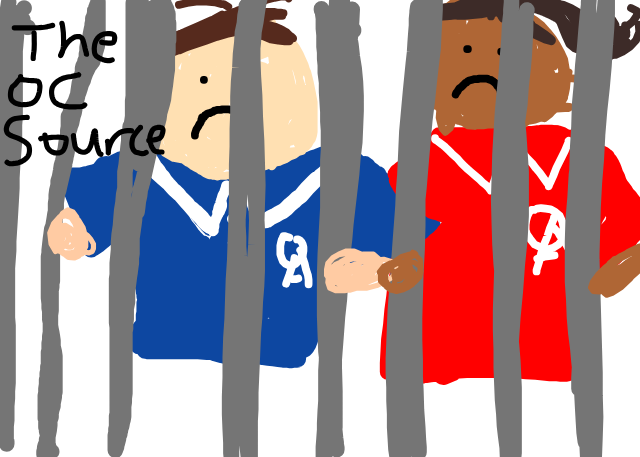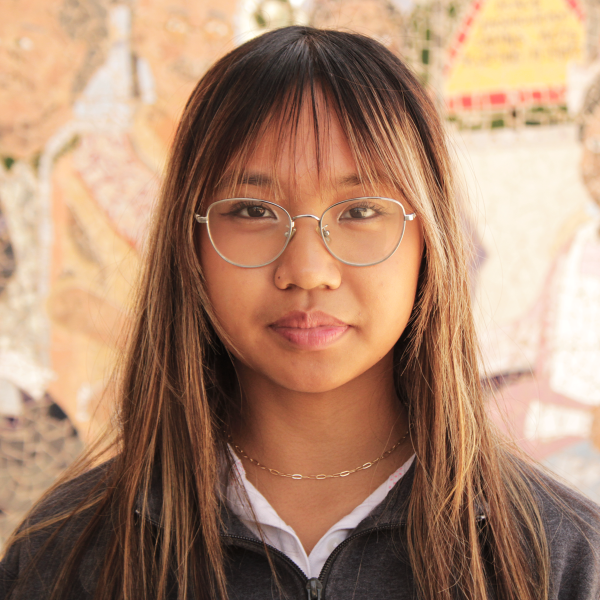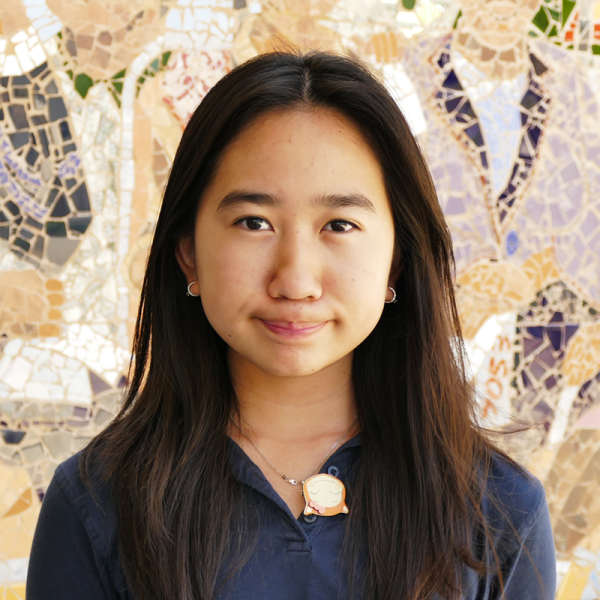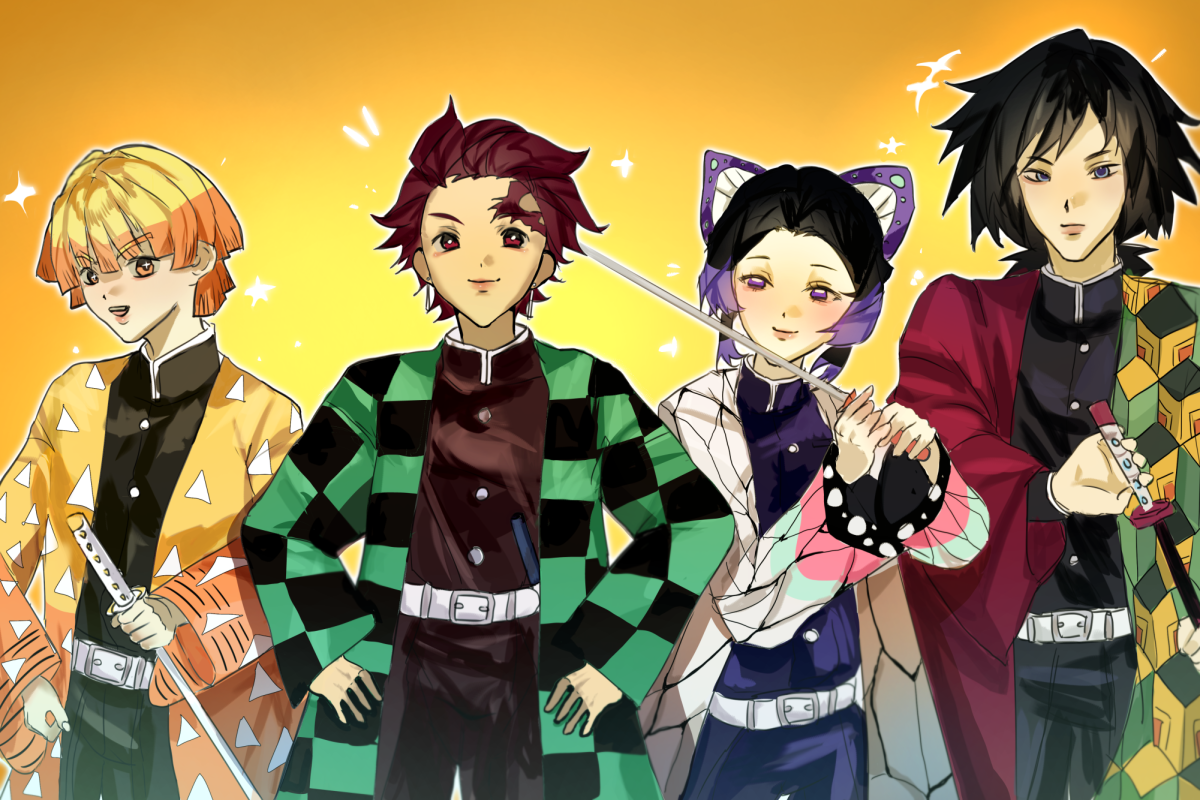Ghosts, skeletons, and witchcraft are all elements of a spooky Halloween, but the real horror lies elsewhere: the purity culture that criticizes women for expressing themselves through “overly sexual” costumes while men in similar outfits go unnoticed. These misogynistic critiques turn Halloween into a stage for policing women’s bodies, reinforcing rape culture and double standards that trap women’s freedom of expression between sexualization and shaming.
Purity culture originated as a Christian movement in the 1990s through white evangelical institutions to strengthen traditional values that tie one’s worth to their chastity. Perpetuating this culture, Halloween’s annual commentary around revealing costumes triggers long-lasting shame about sexuality, limits self-expression, and damages body image. These lasting effects create cycles of judgment amongst women who project their internalized shame onto others. In fact, Margaret Pigott and Bruce M. Findlay’s Internalized Misogyny Scale — a 17-item psychological measure that assesses how deeply women reproduce sexist beliefs — suggests that women who have internalized misogynistic beliefs are linked to stronger acceptance of rape myths and are more likely to see other women as less respectable.
On Halloween, this ideology only adds to society’s toxic commentary. Seemingly casual criticisms feed into rape culture’s victim-blaming narratives, where a woman’s outfit justifies her assault. Linking women’s clothing to sexual conduct instills self-policing in women, teaching them to internalize blame for violence committed against them while excusing offenders instead of holding them accountable.
Halloween purity culture exclusively targets women: a showcase of its misogynistic stance. Women’s costumes are overwhelmingly marketed as “sexy” versions, such as the “naughty nurse” or “dirty cop,” while offering fewer modest alternatives in the first place. Those who wear these costumes, whether out of confidence or simply a lack of other options, are then criticized, reinforcing the double bind: women are sexualized by the market and punished by the culture for participating.
Men’s costumes rarely face this level of scrutiny; in fact, society celebrates their risqué outfits as “funny” or “bold.” These double standards keep the public’s focus on women’s morality instead of creativity, undermining the lighthearted, self-expressive spirit of Halloween.
While many critique women’s costumes under the guise of “safety concerns” or a means of “encouraging self-respect,” this claim crumbles on inspection, as purity culture exclusively spotlights women and clothing should never invite or excuse sexual violence. An individual’s personal comfort and freedom of expression are basic premises to self-respect, regardless of modesty.
Halloween purity culture will always be misogynistic before it is protective, as it perpetuates cycles of judgment by reinforcing internalized shame, rape culture, and double standards. The scariest costume on Halloween is not a witch or a ghost — it’s misogyny dressed up as morality. Challenging the double standards within purity culture and recognizing its role in sexualizing women’s self-expression is the first step in repairing the spirit of a creative holiday.


